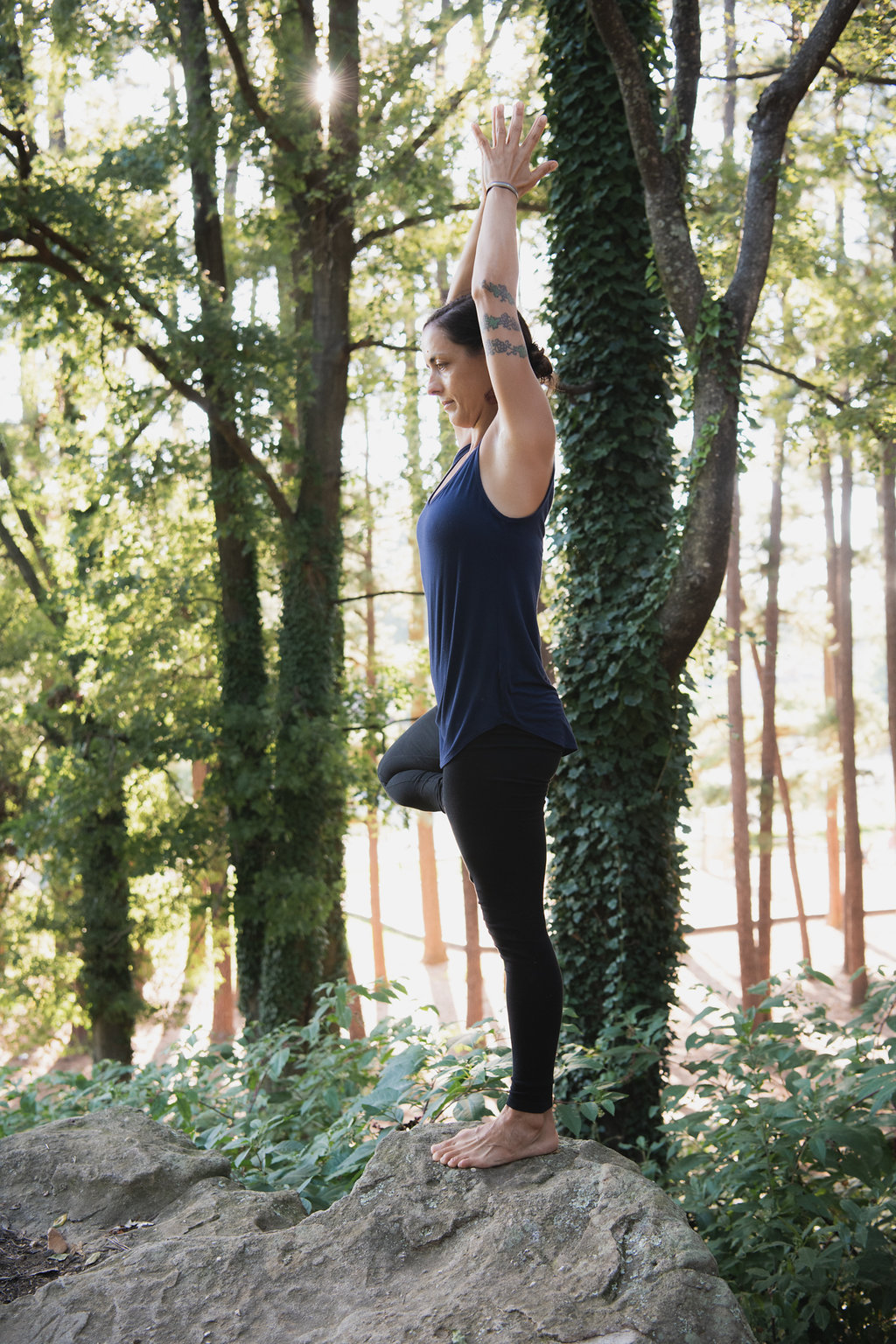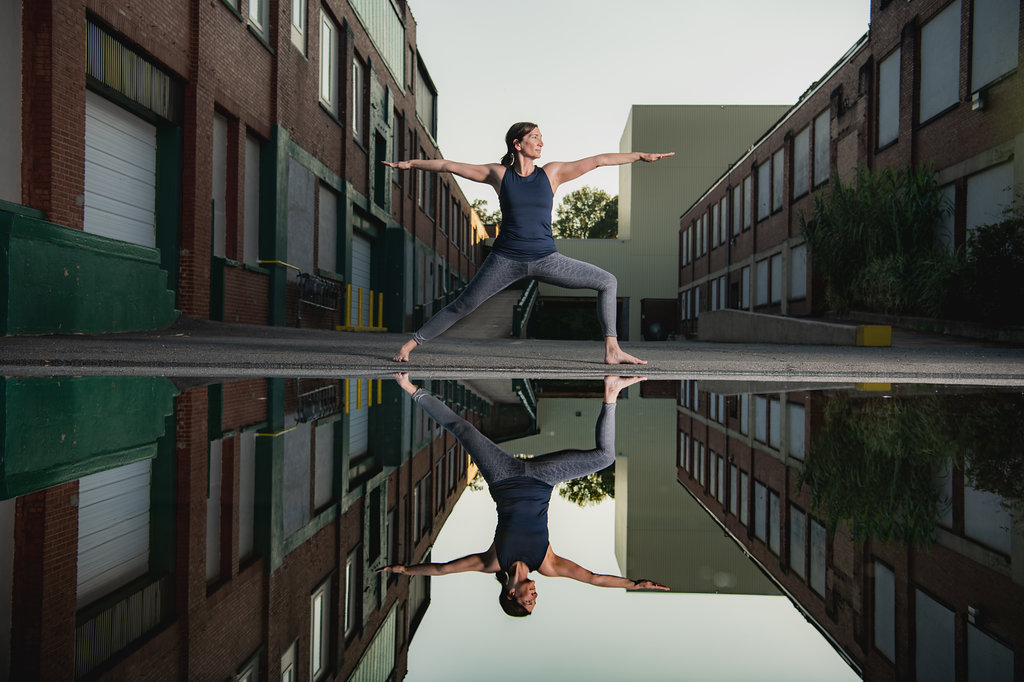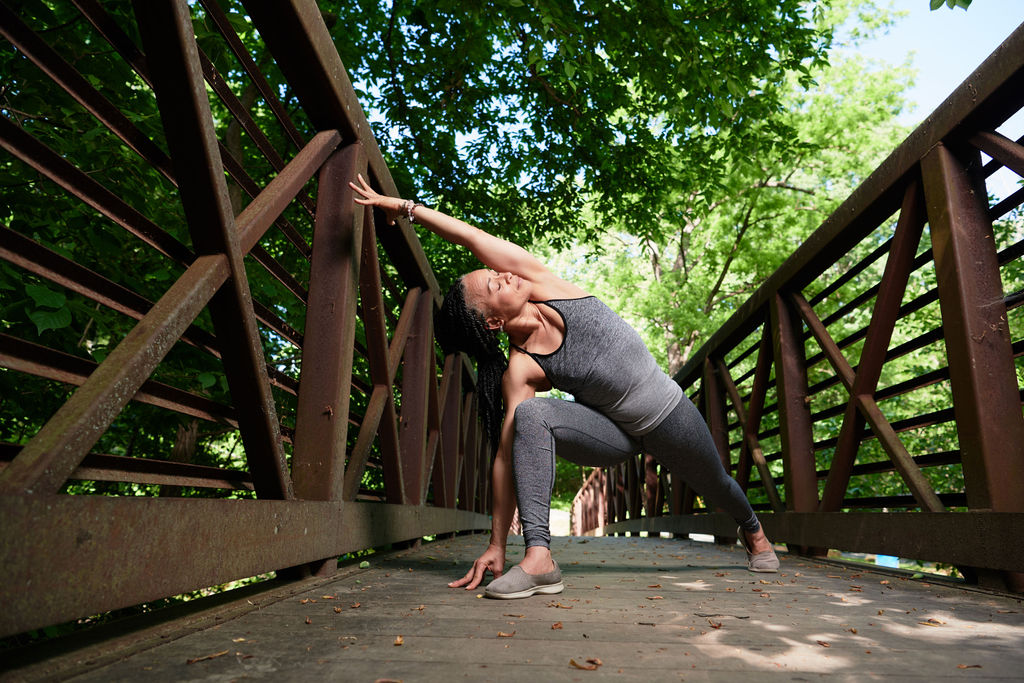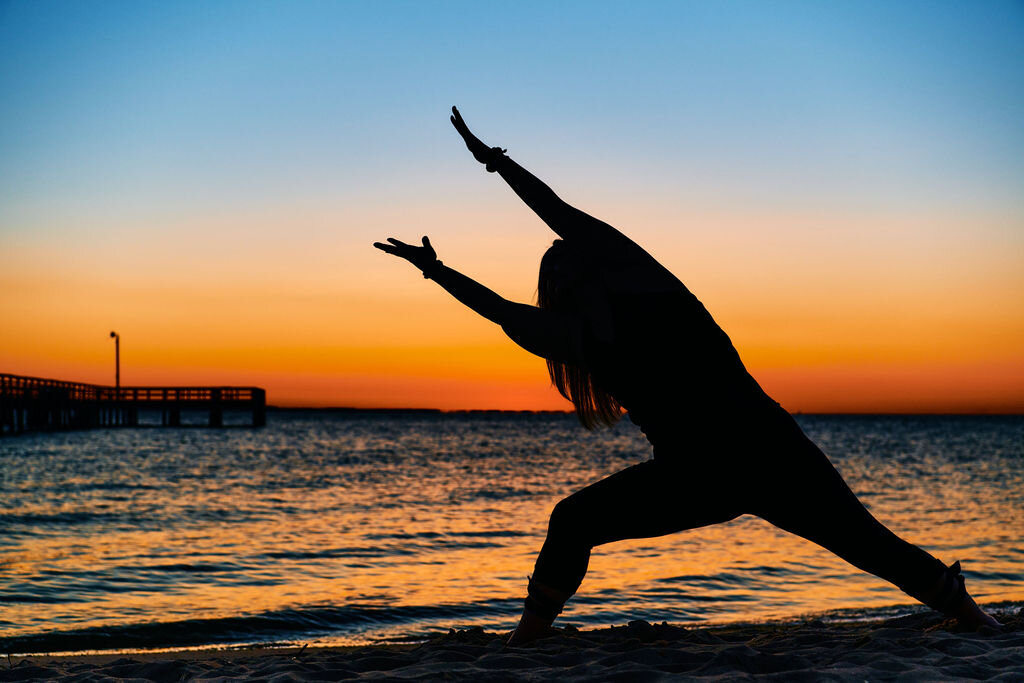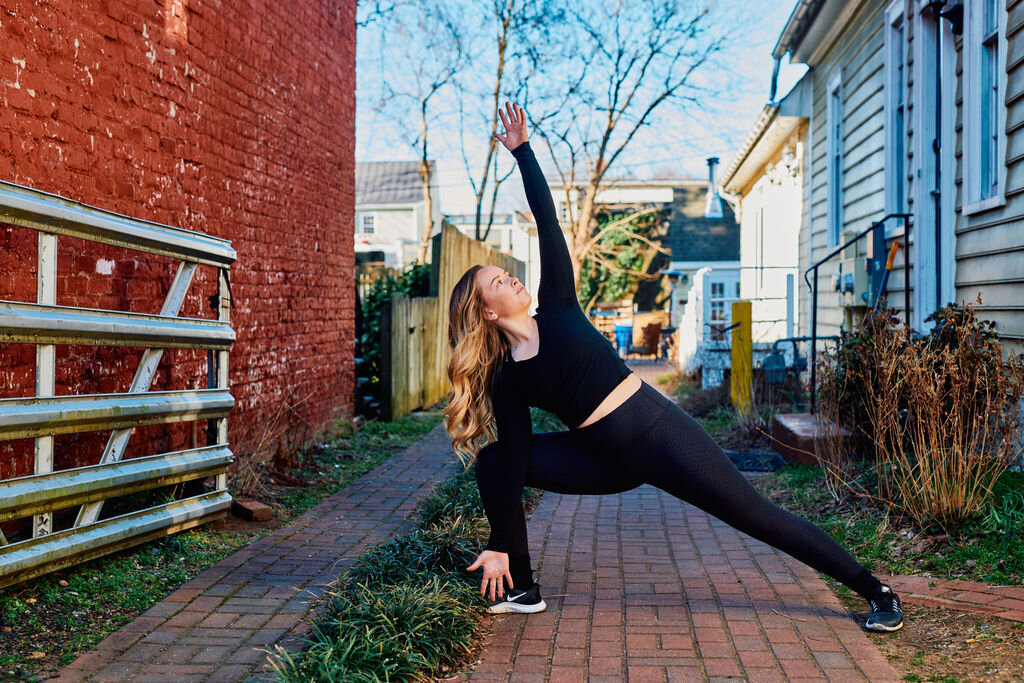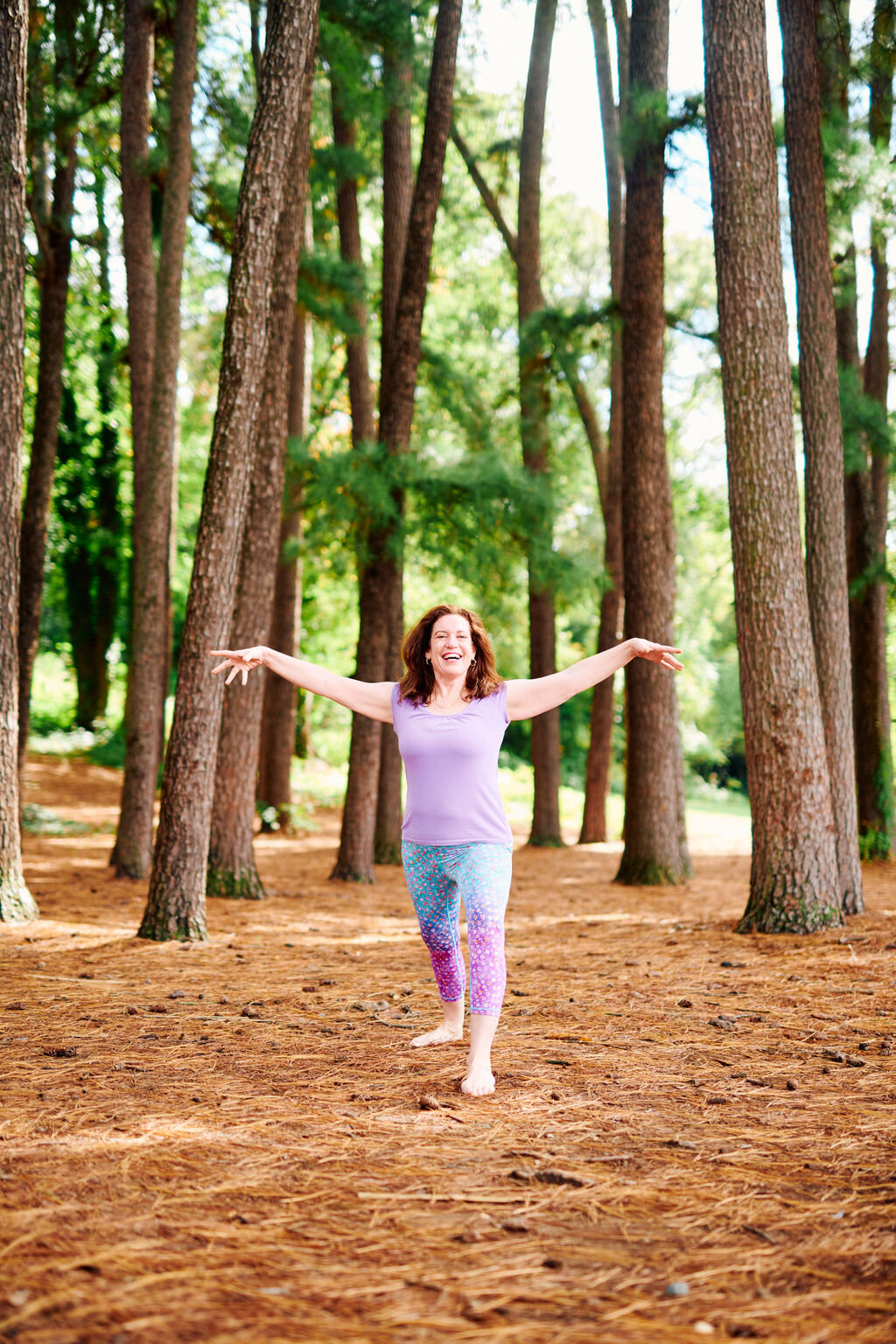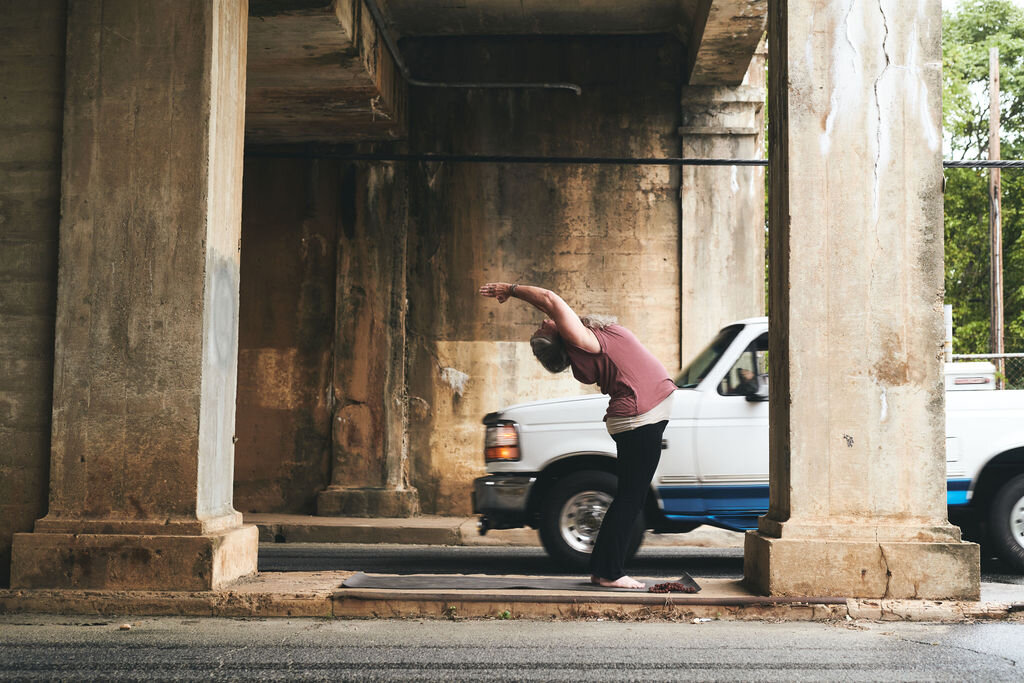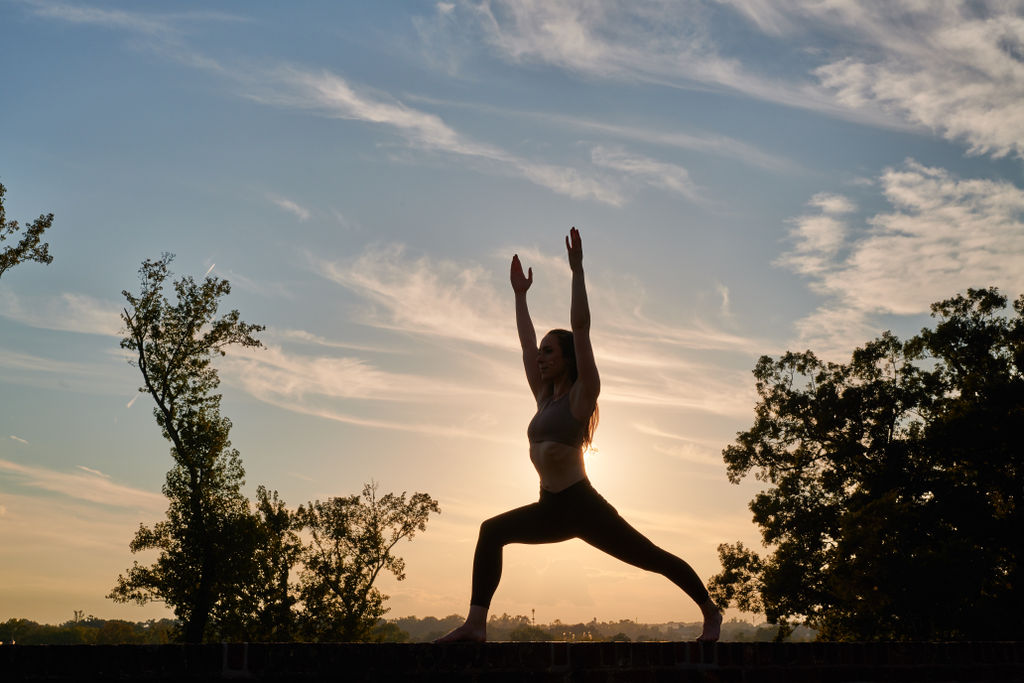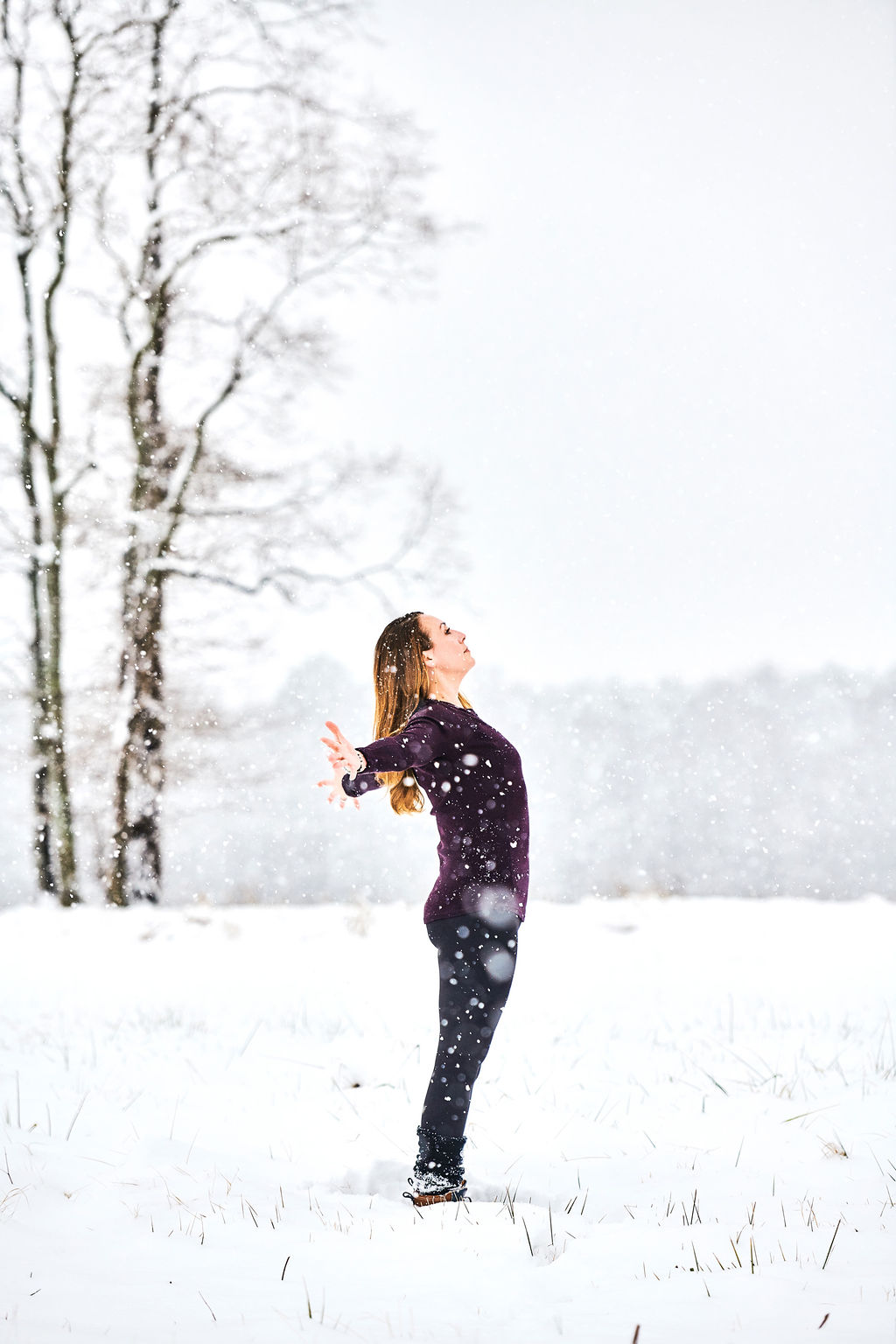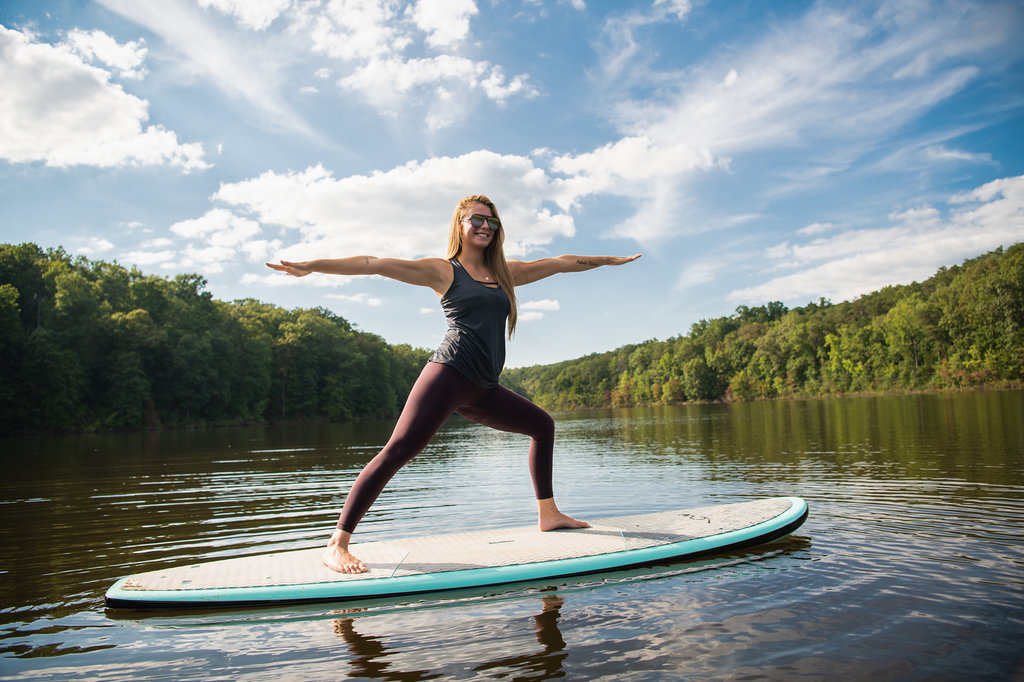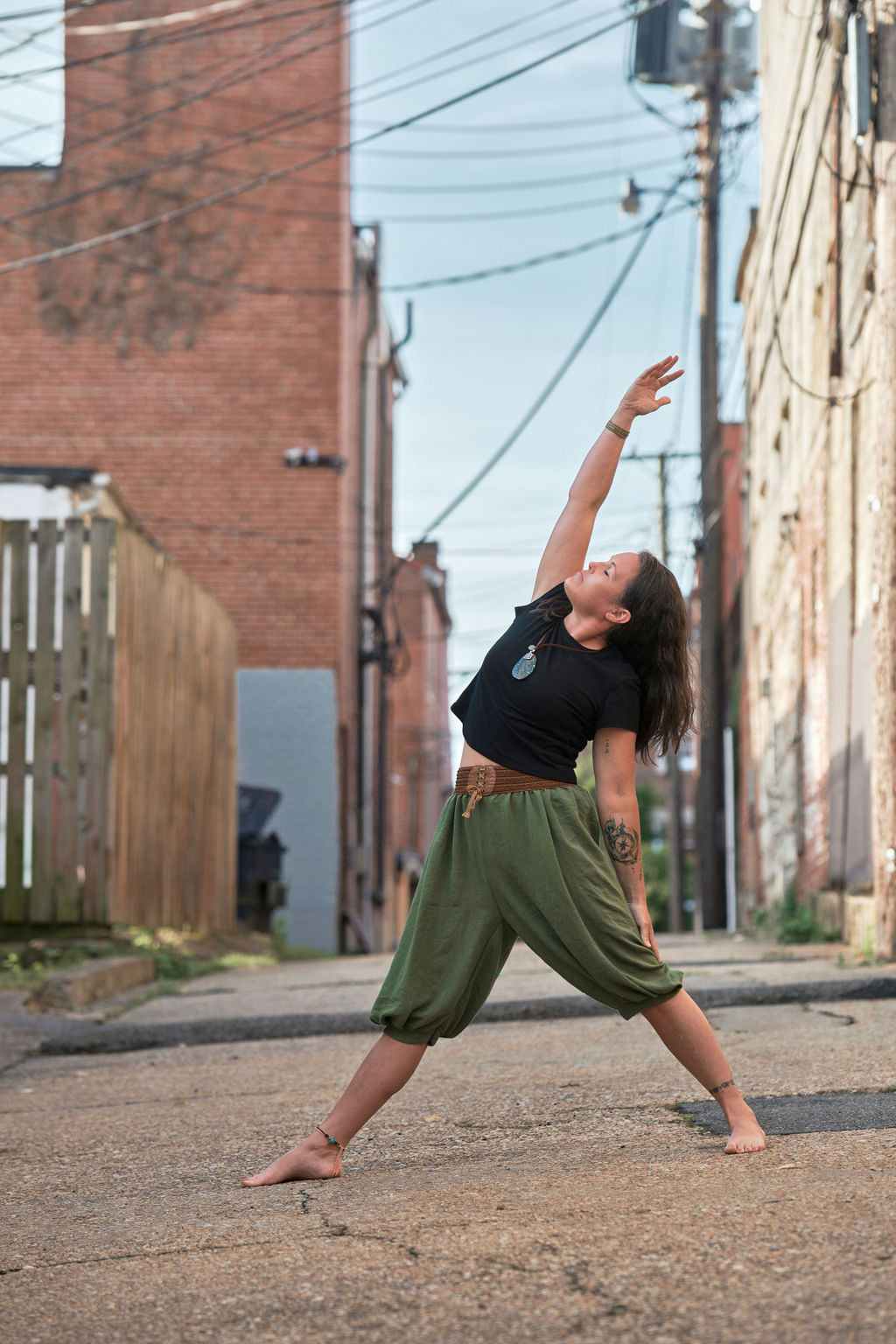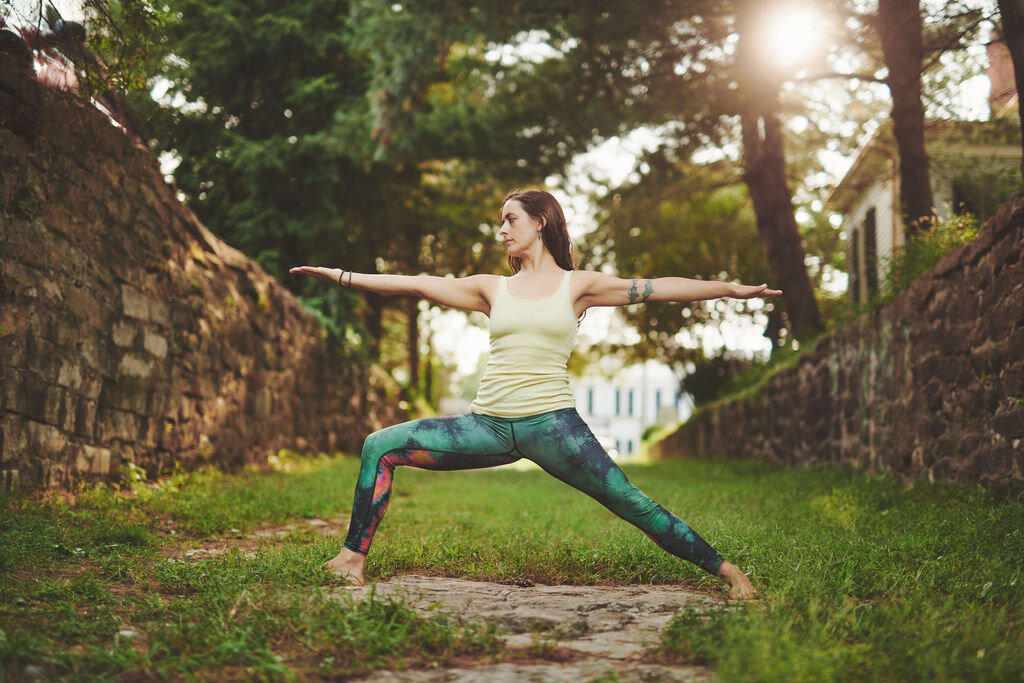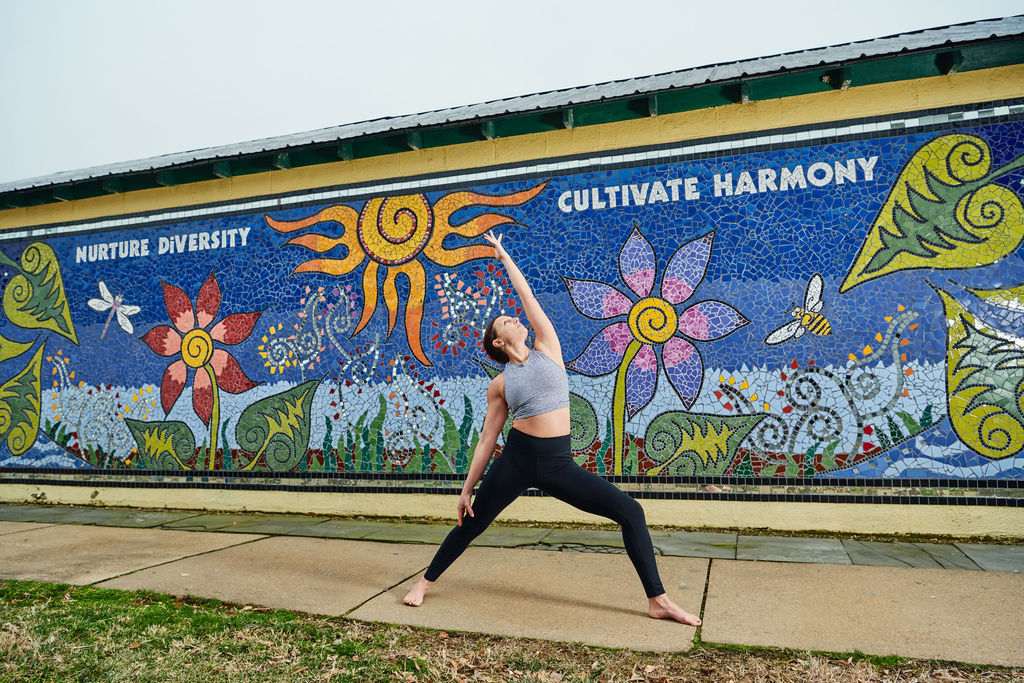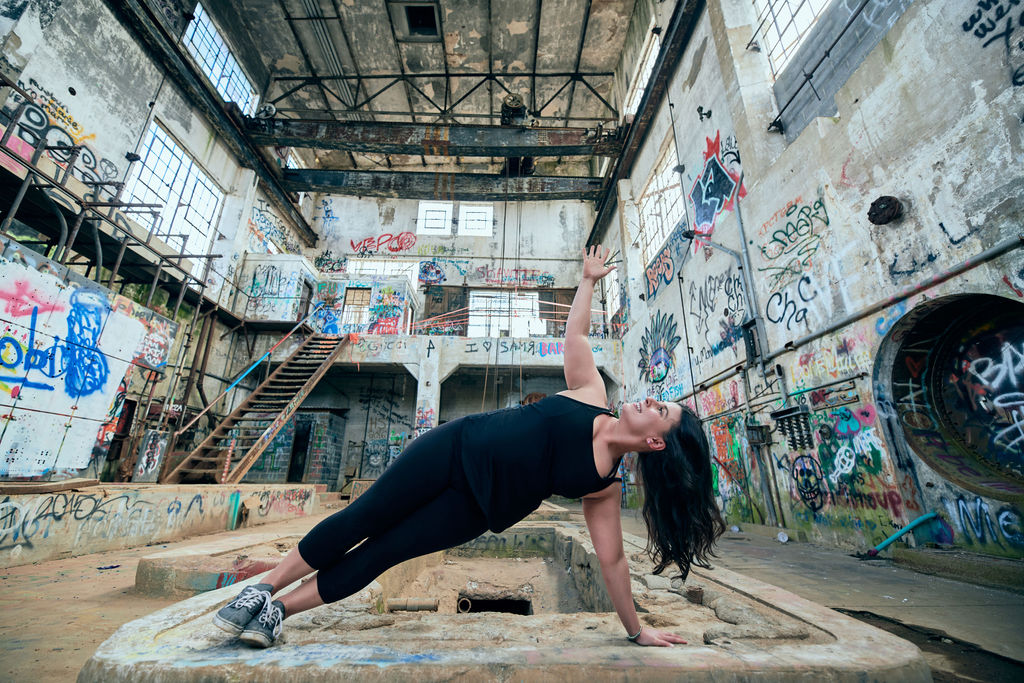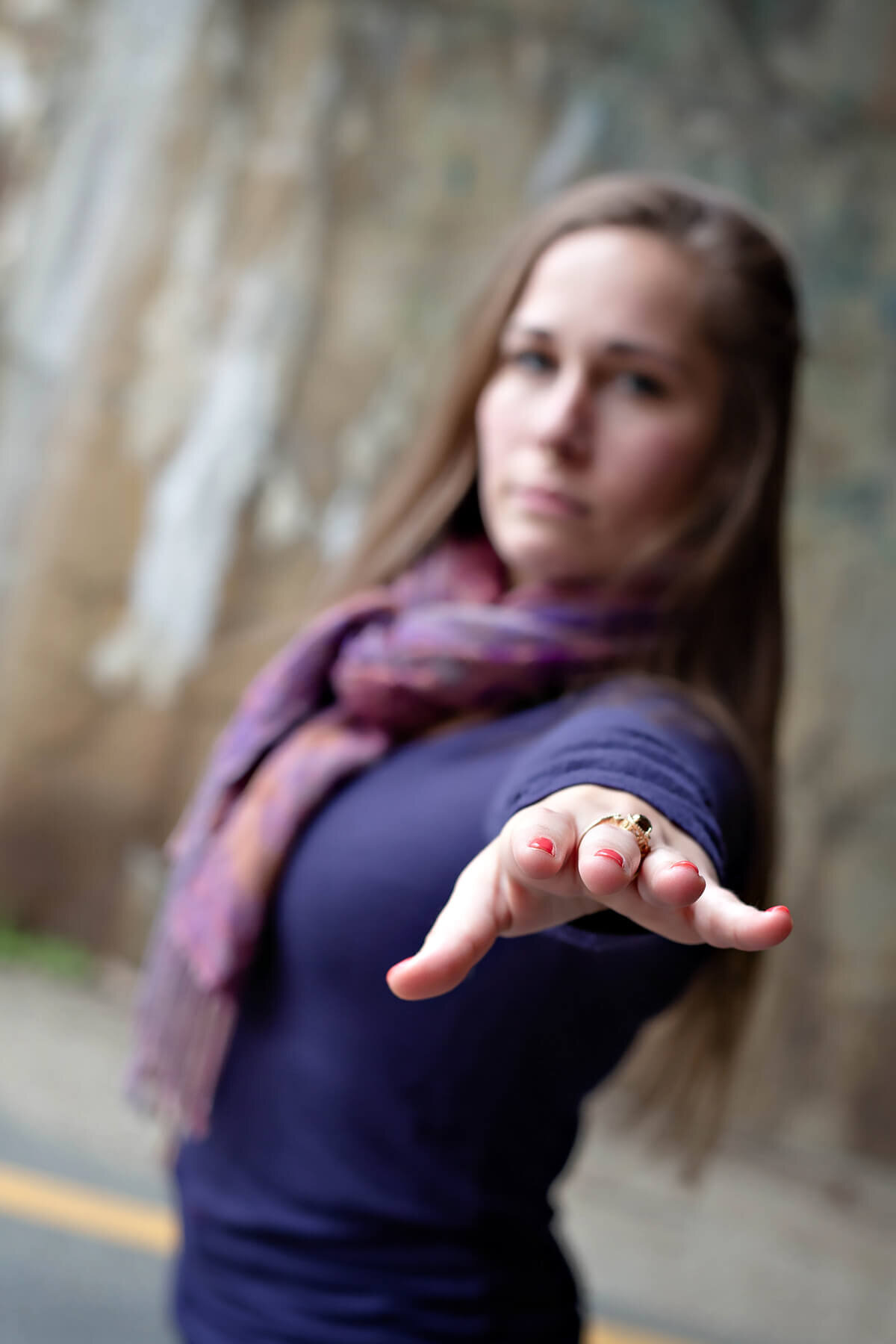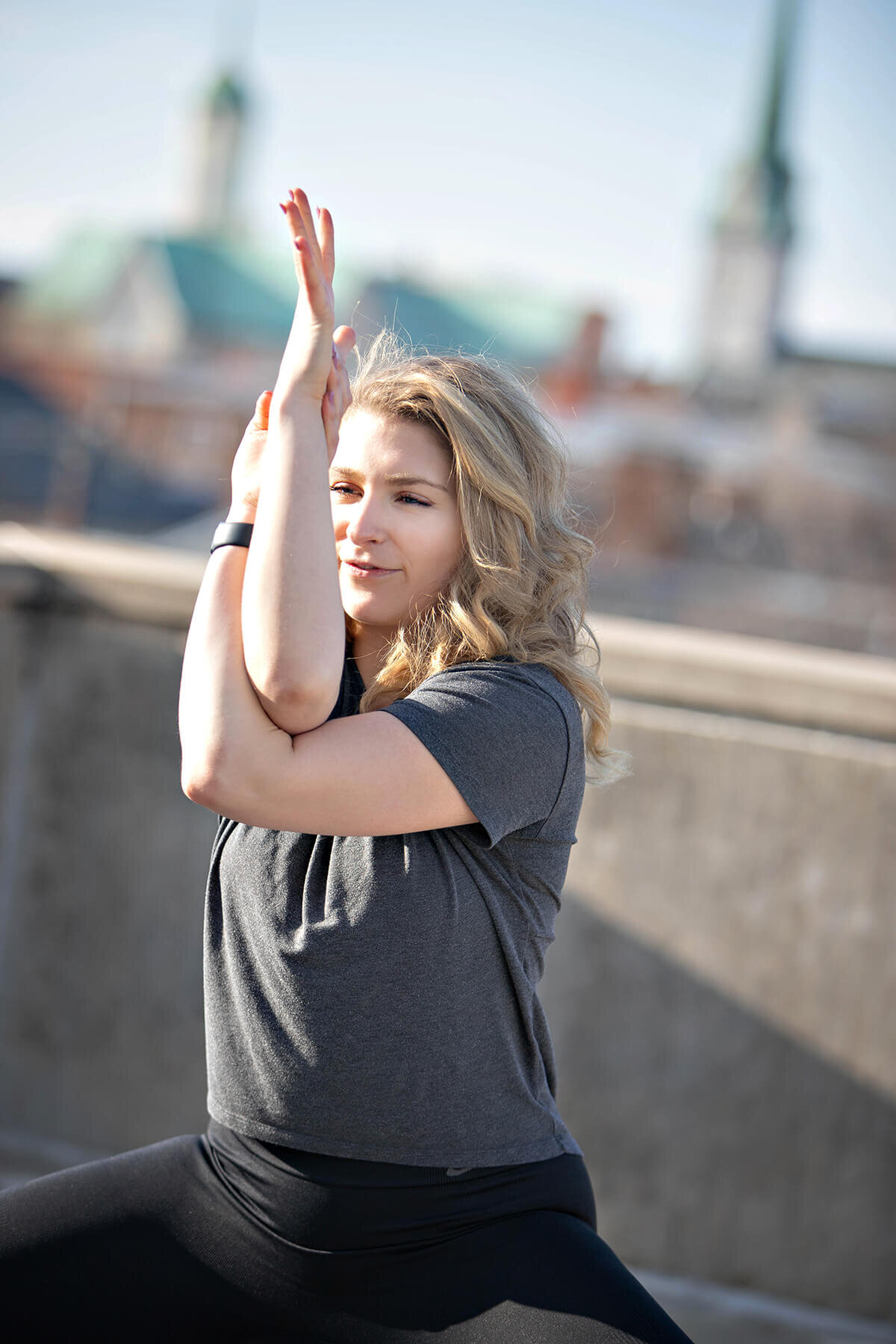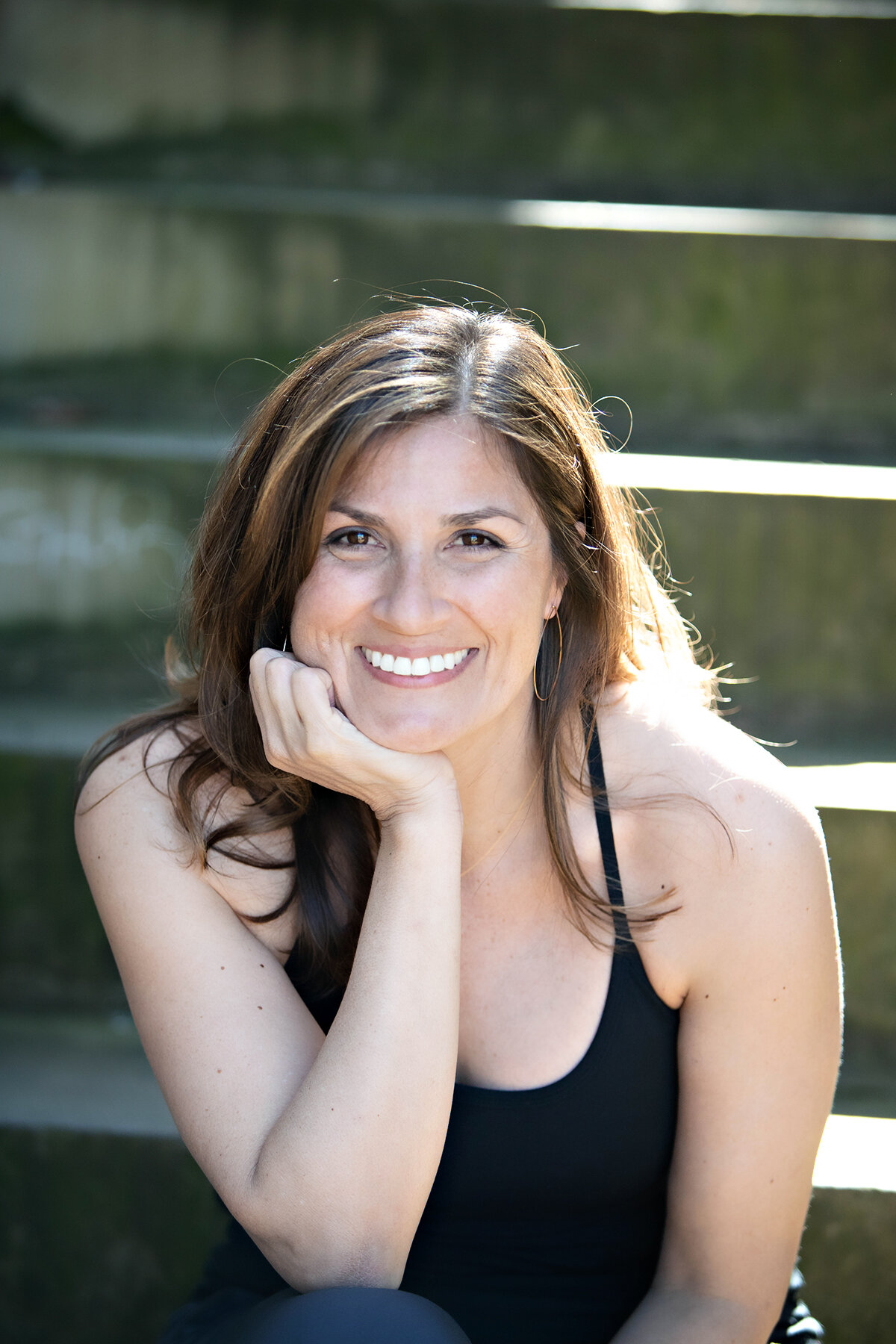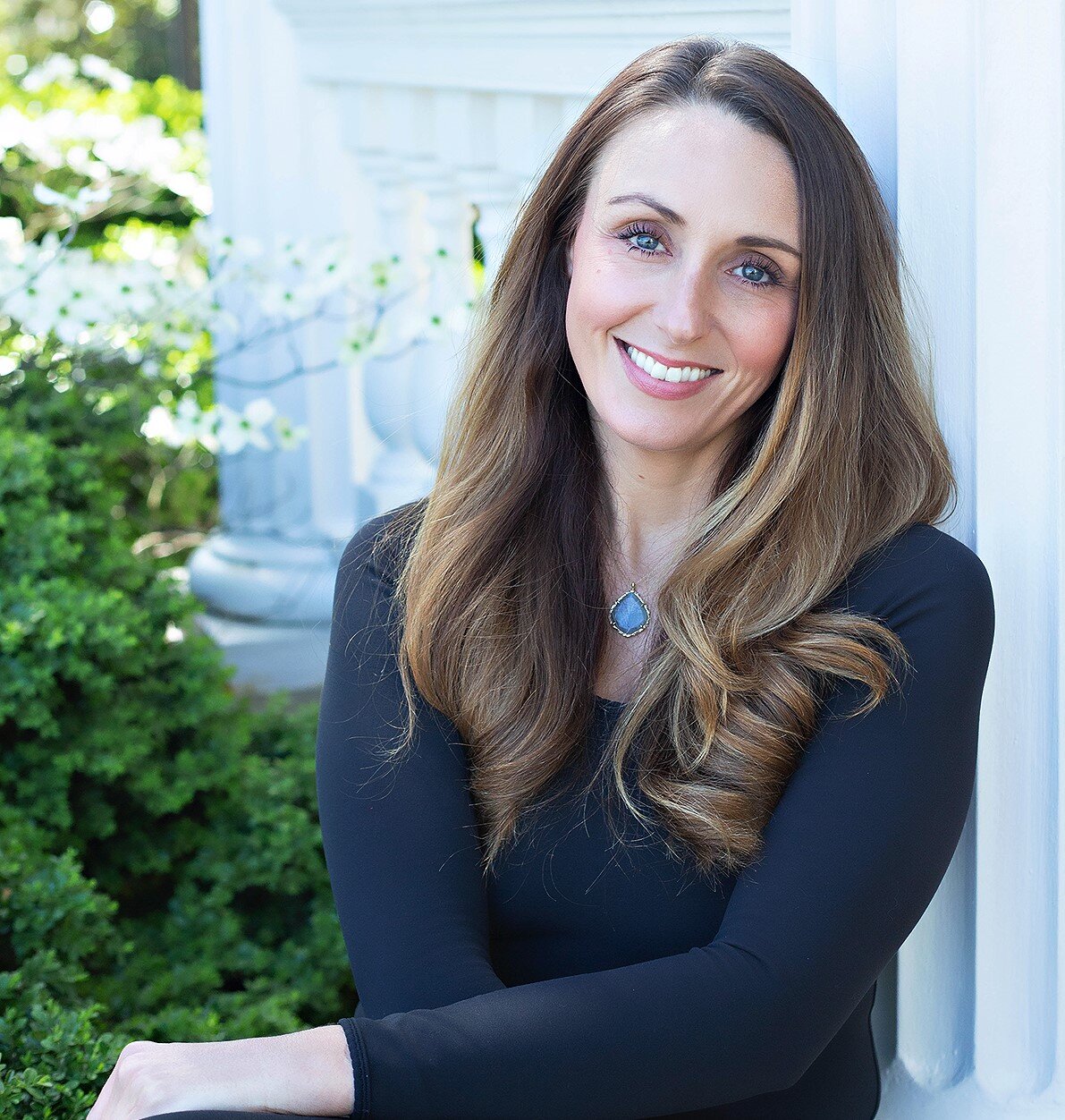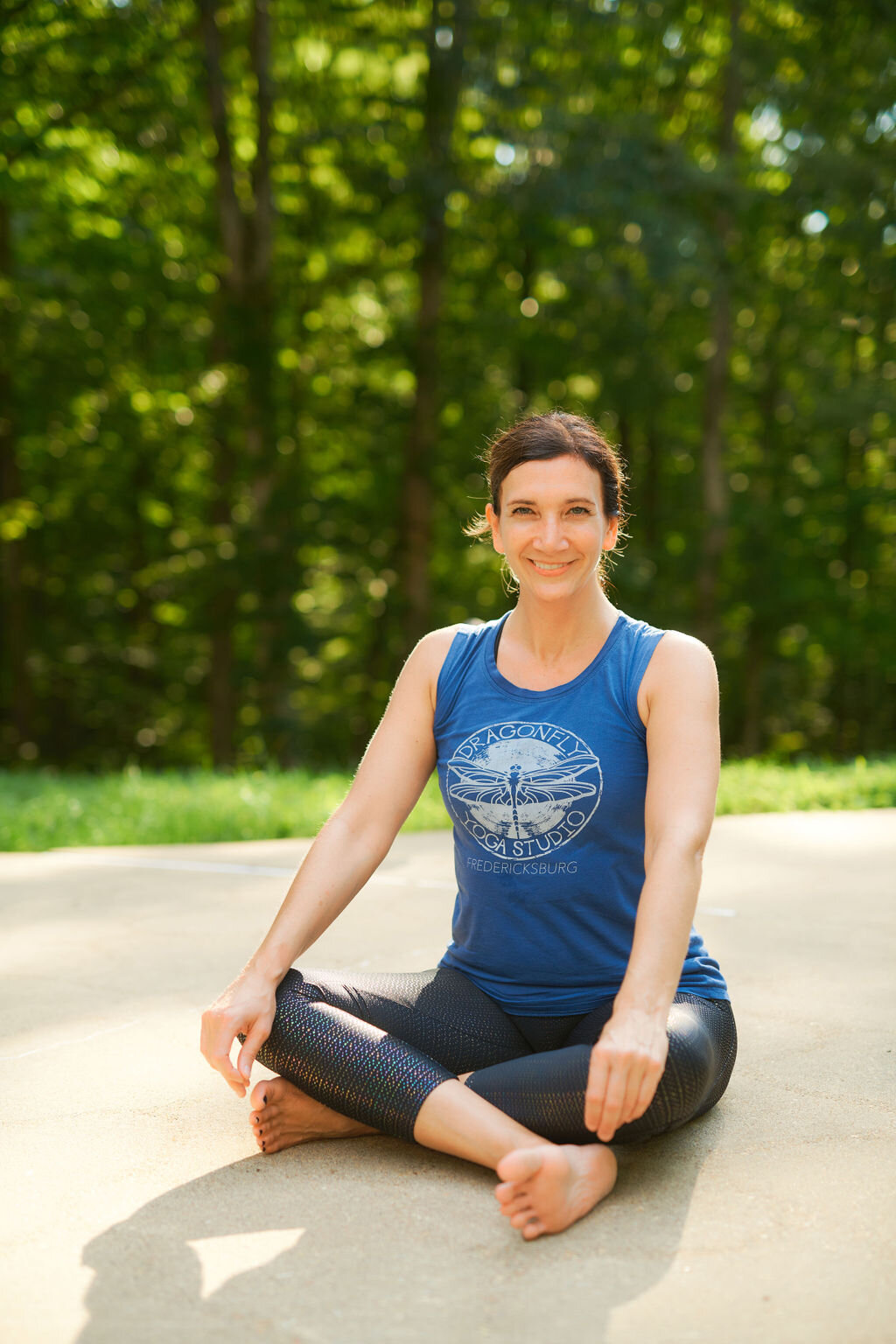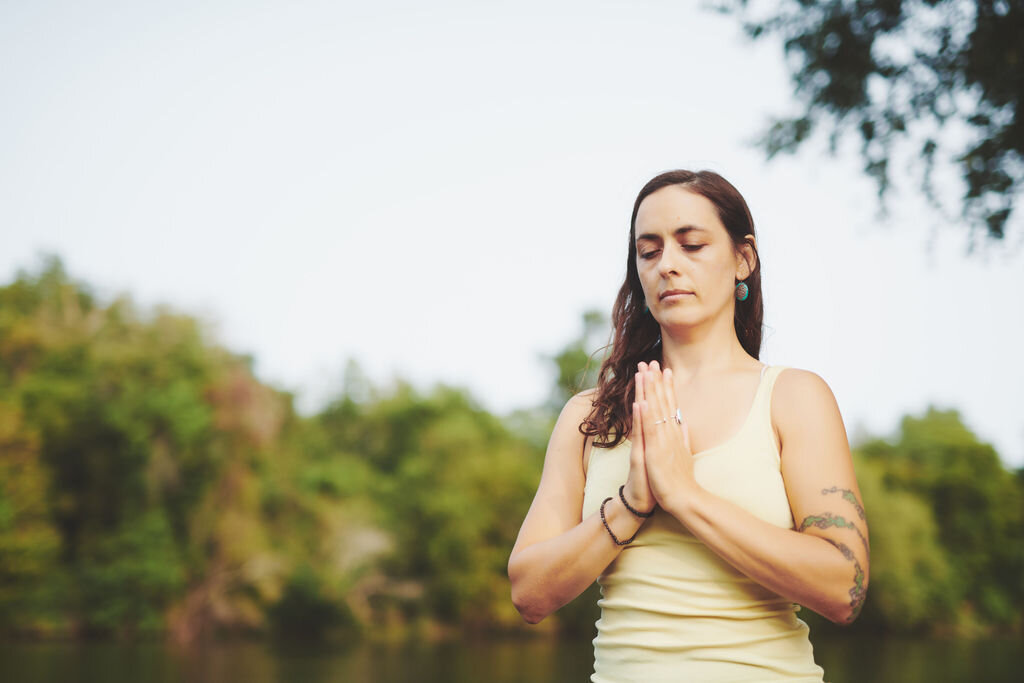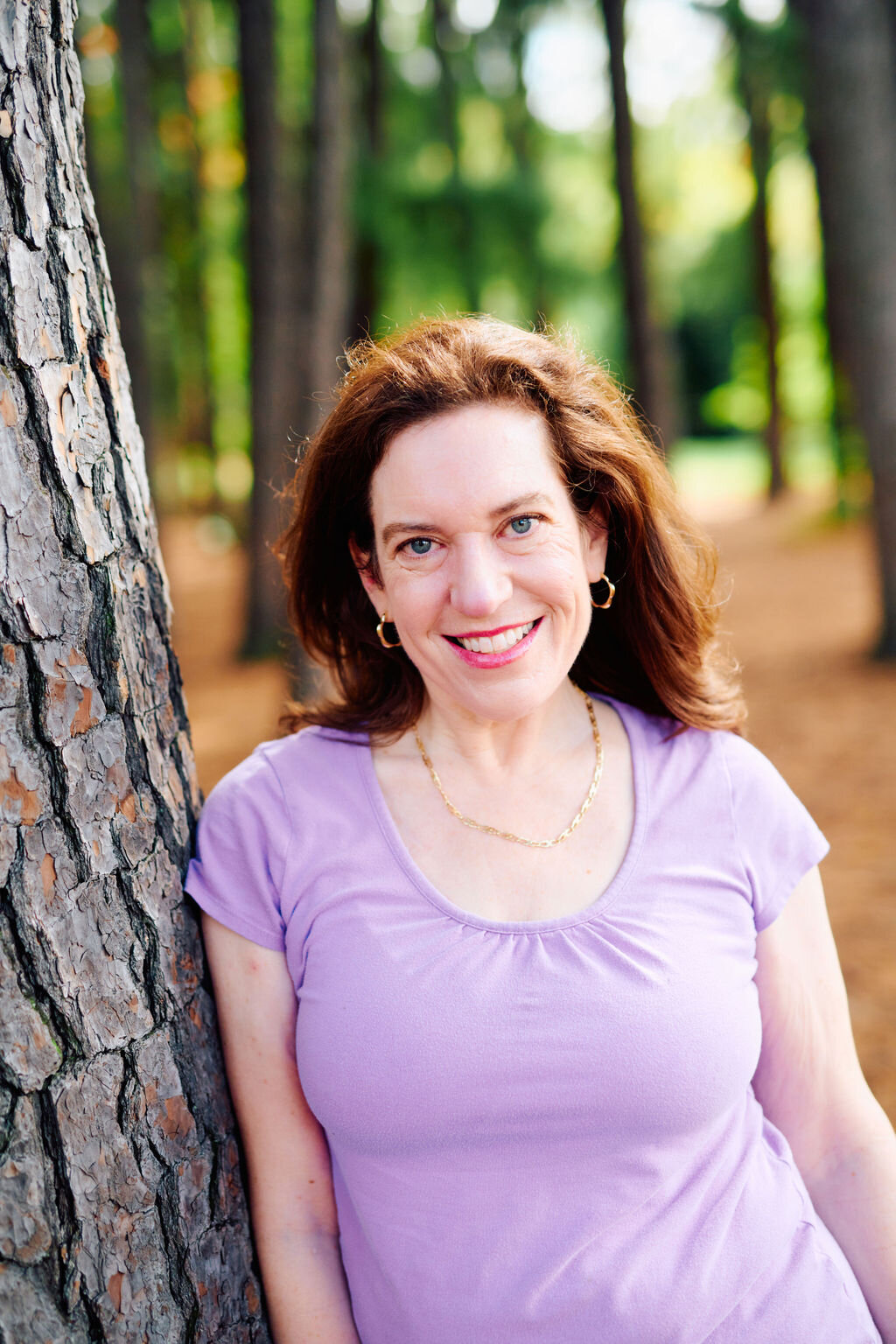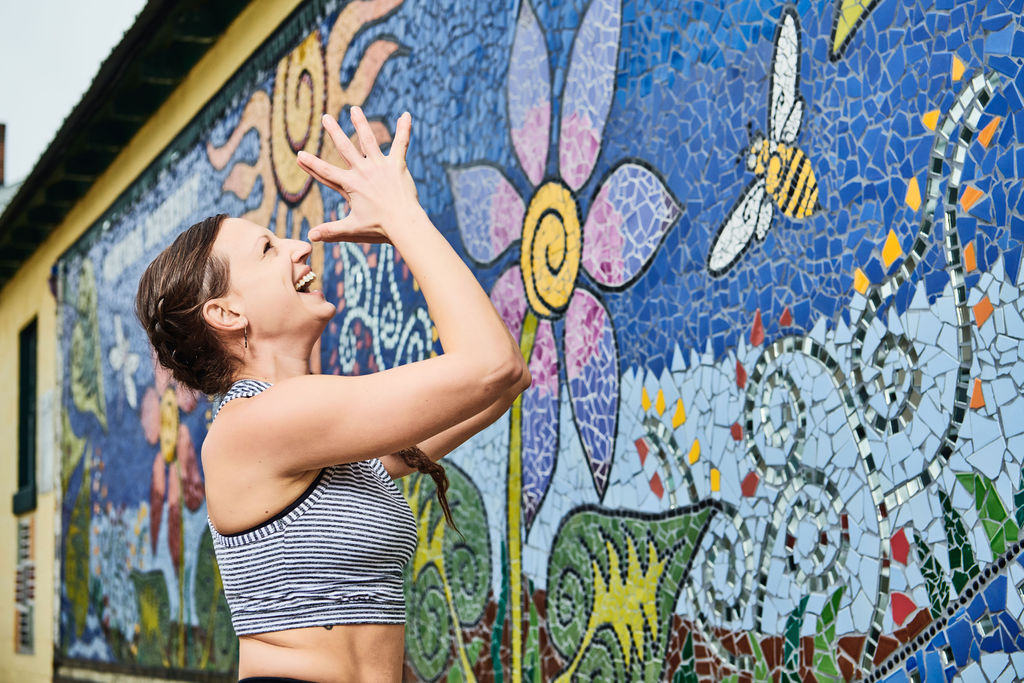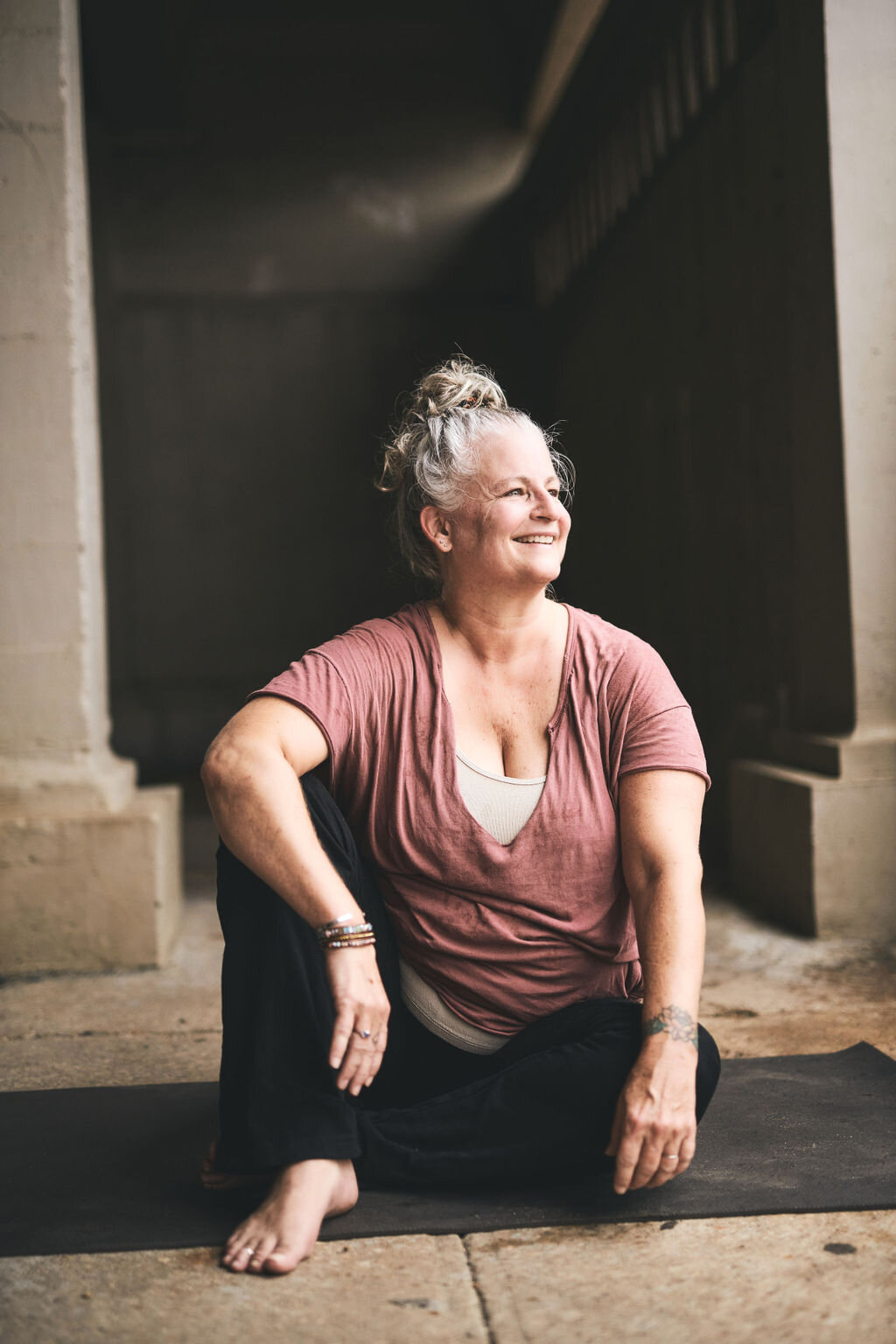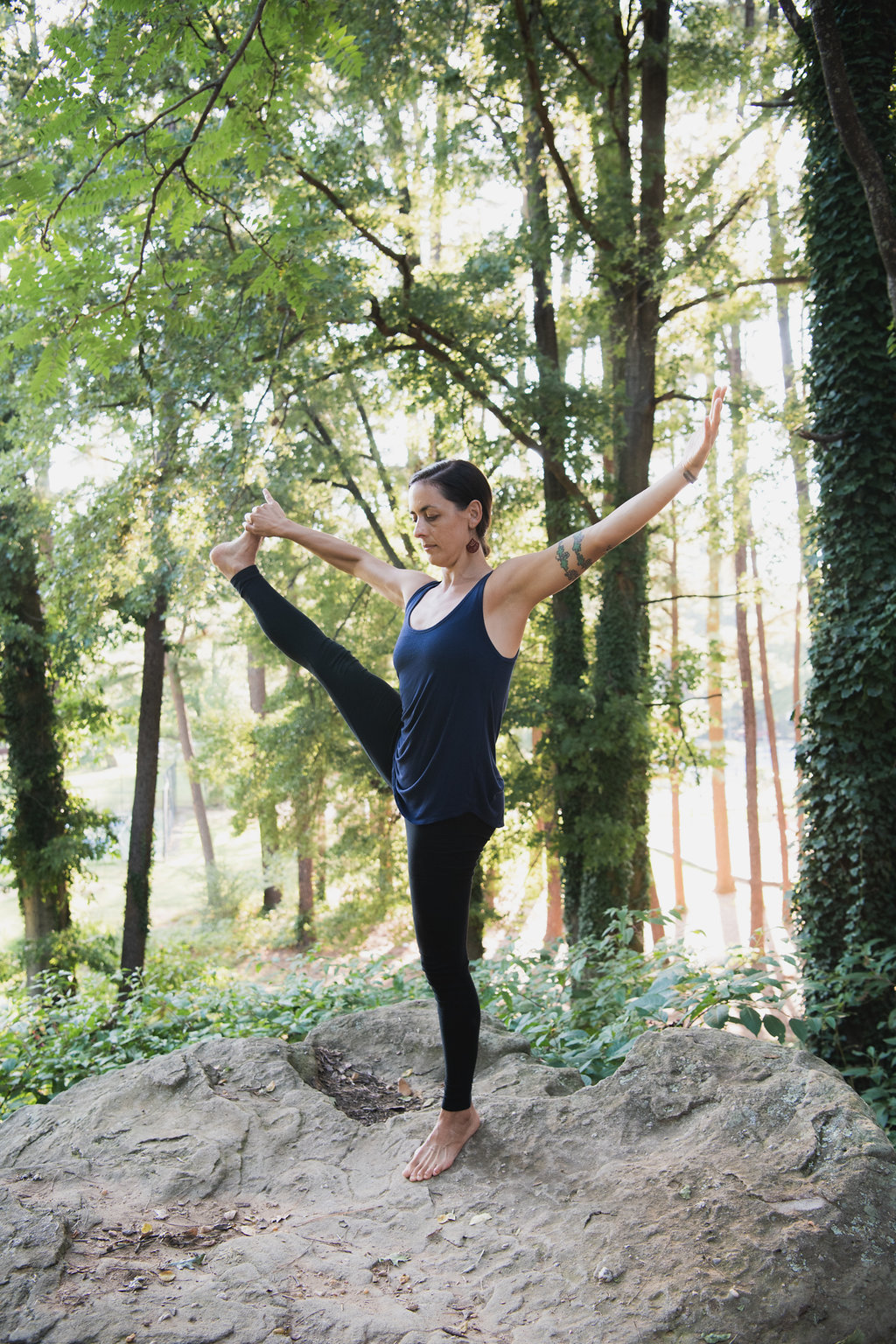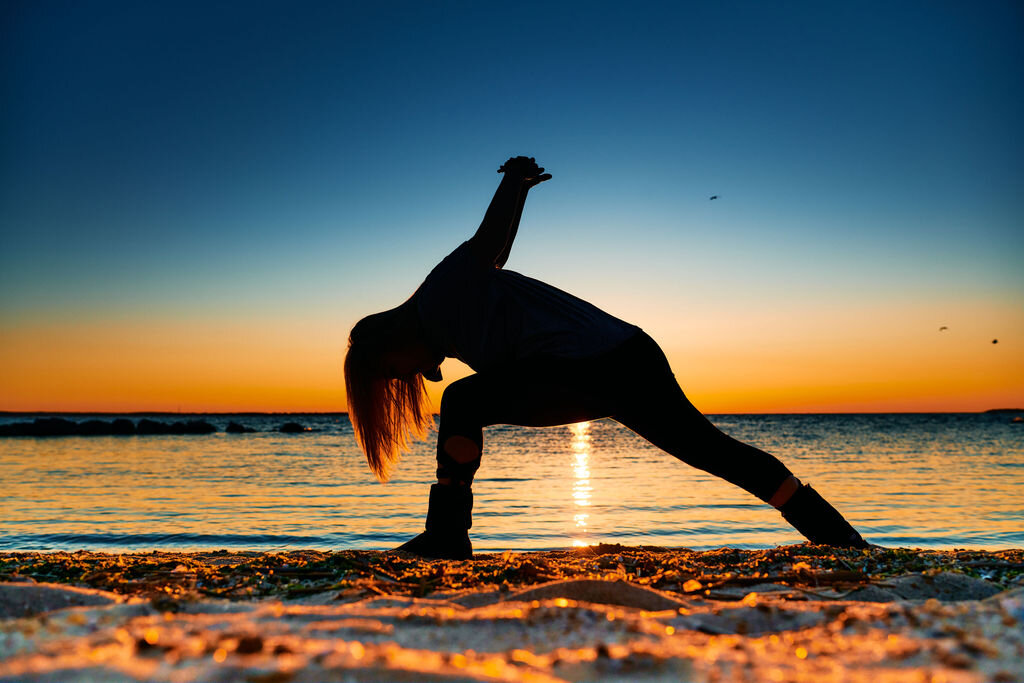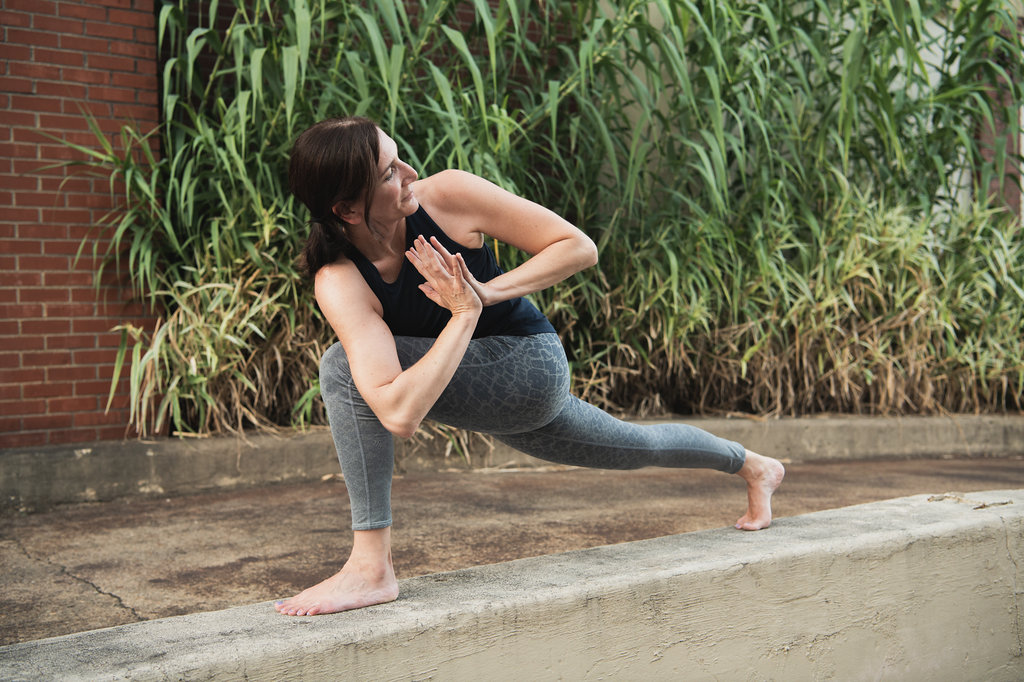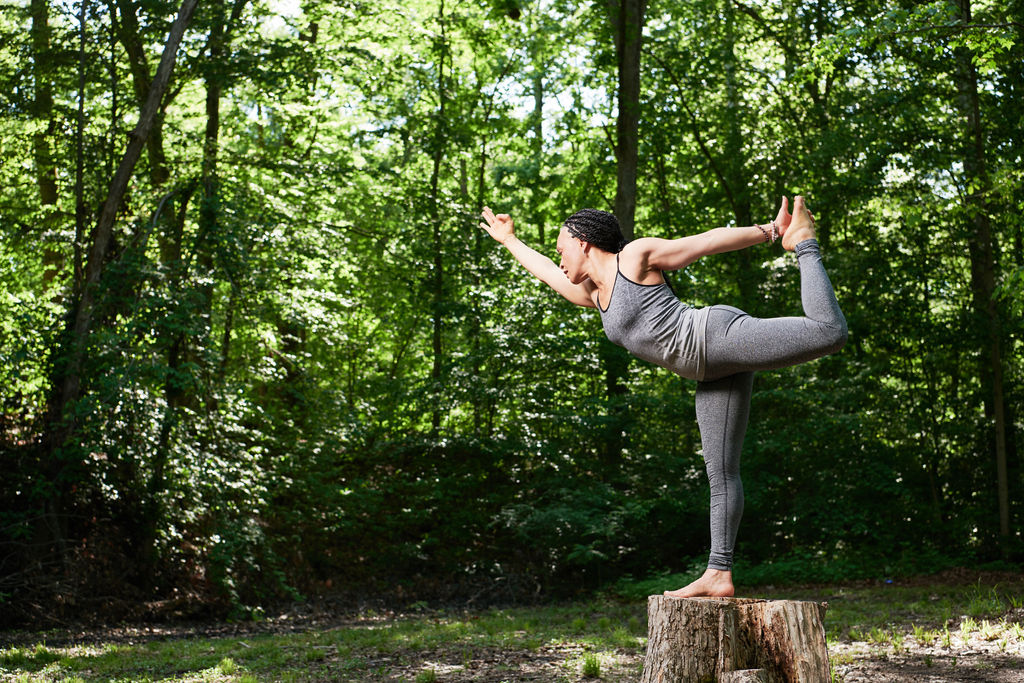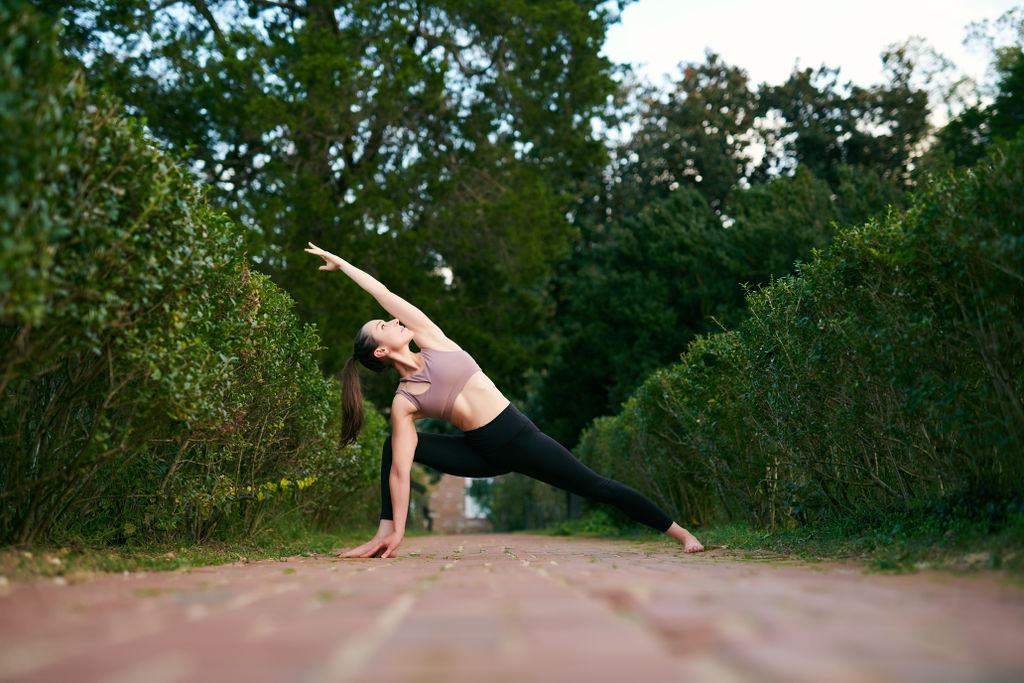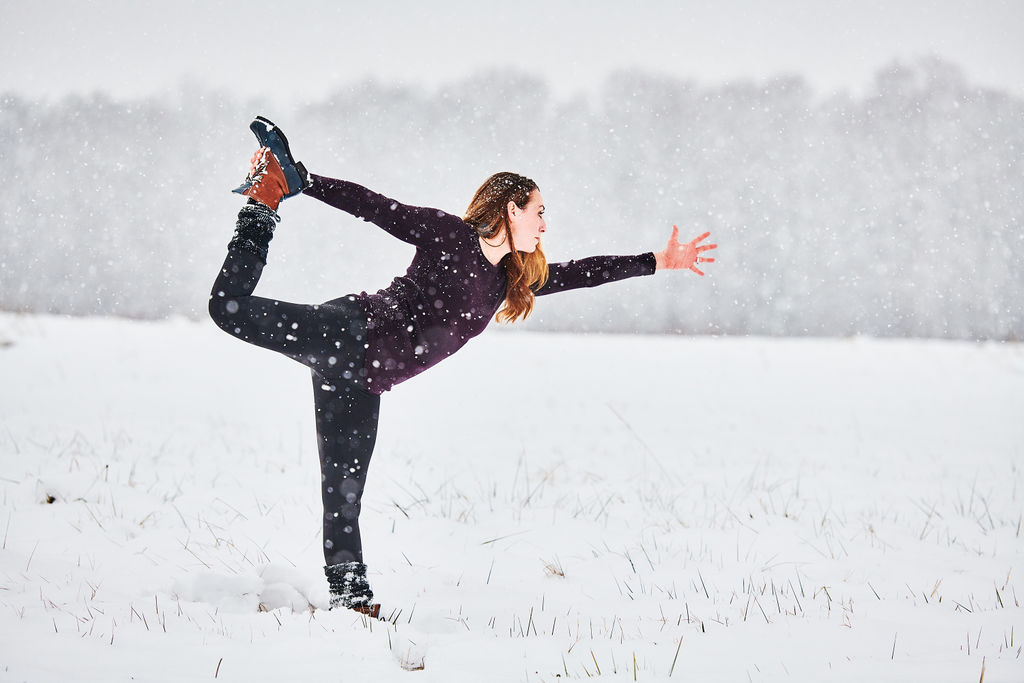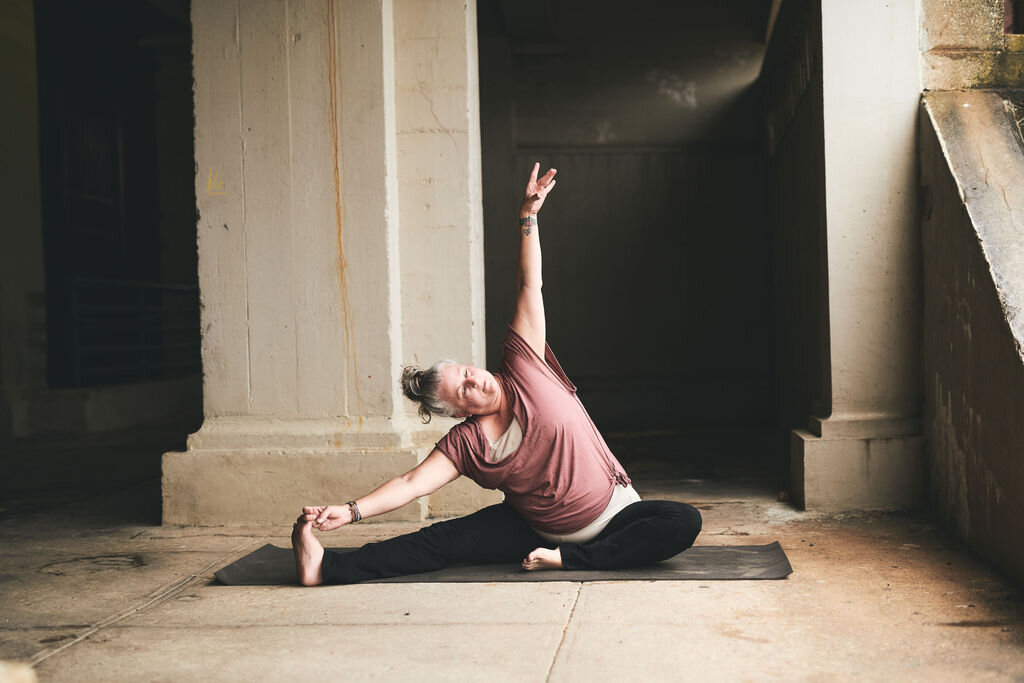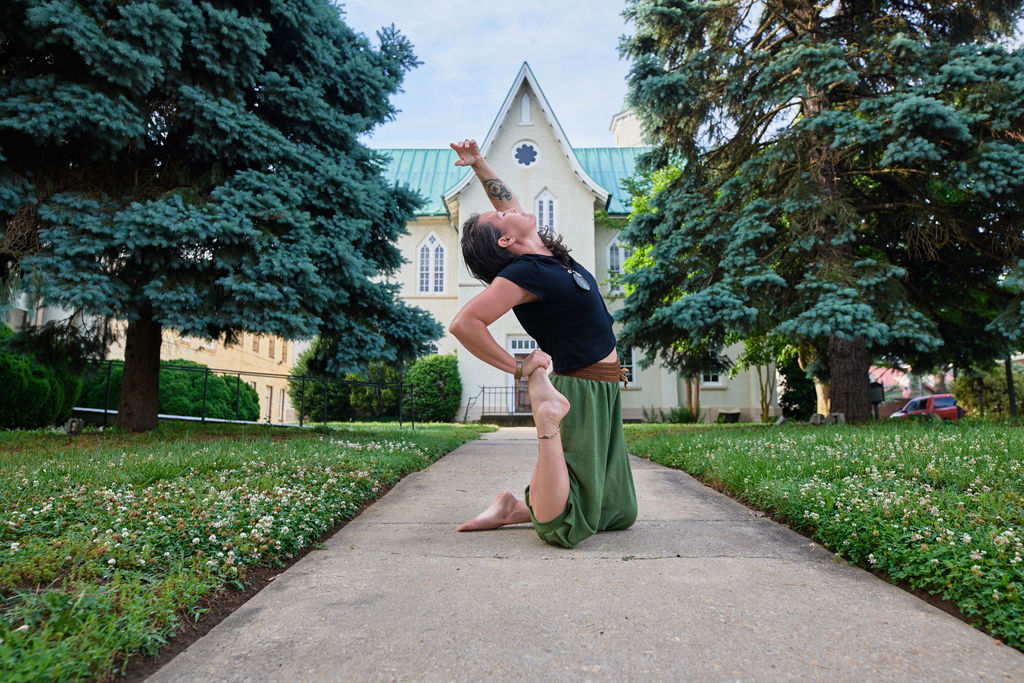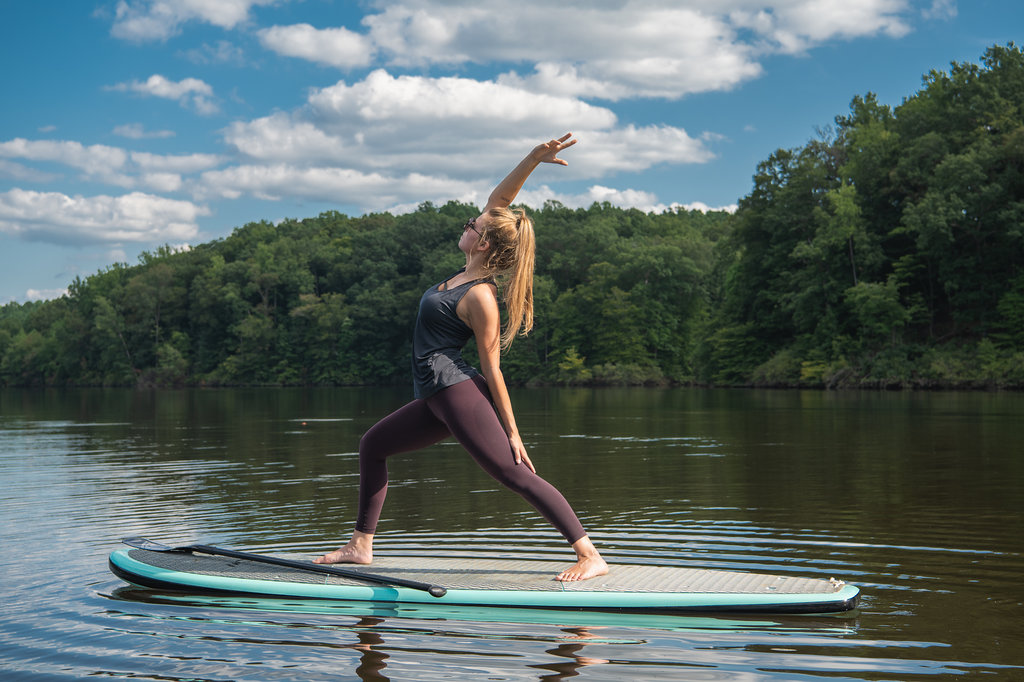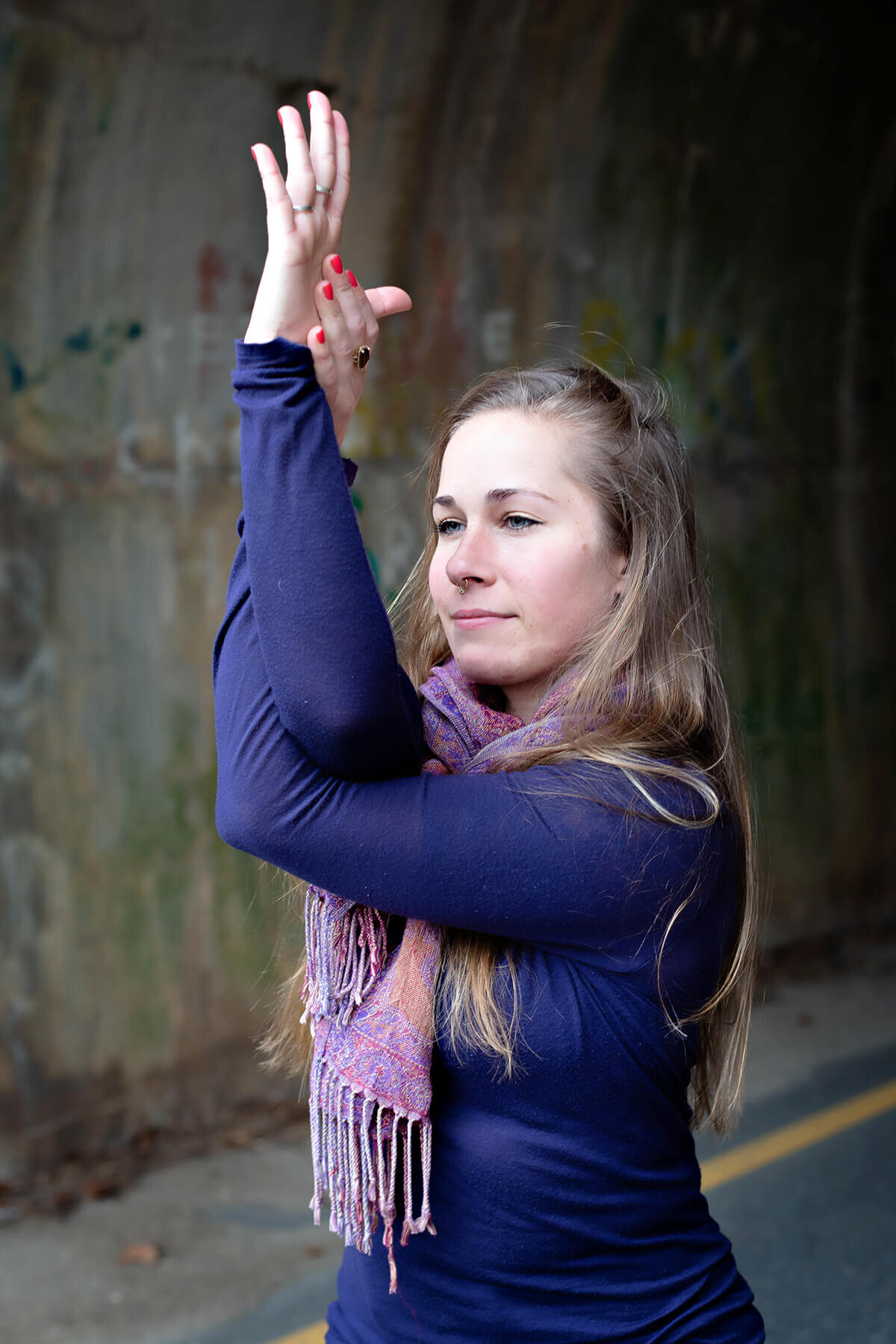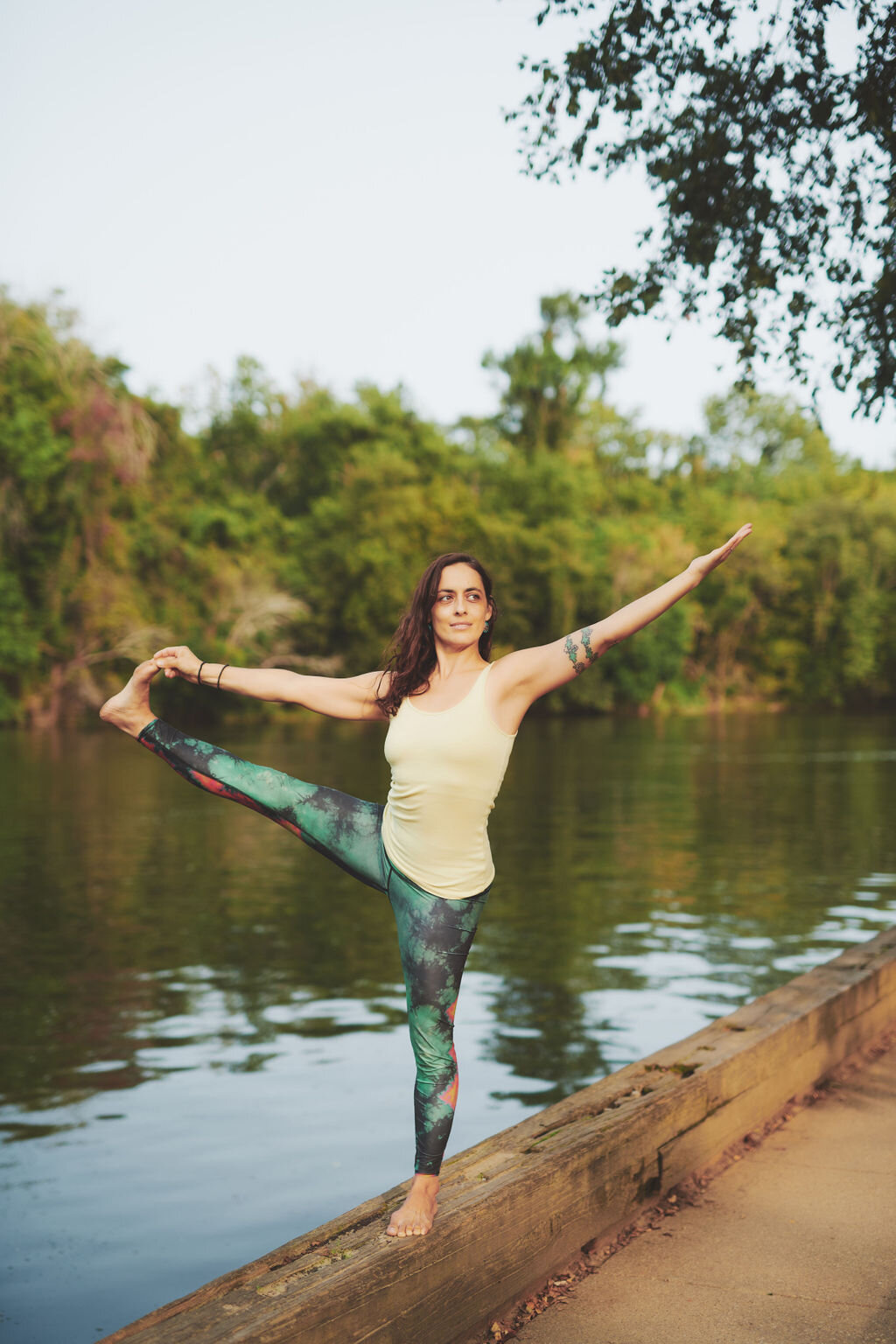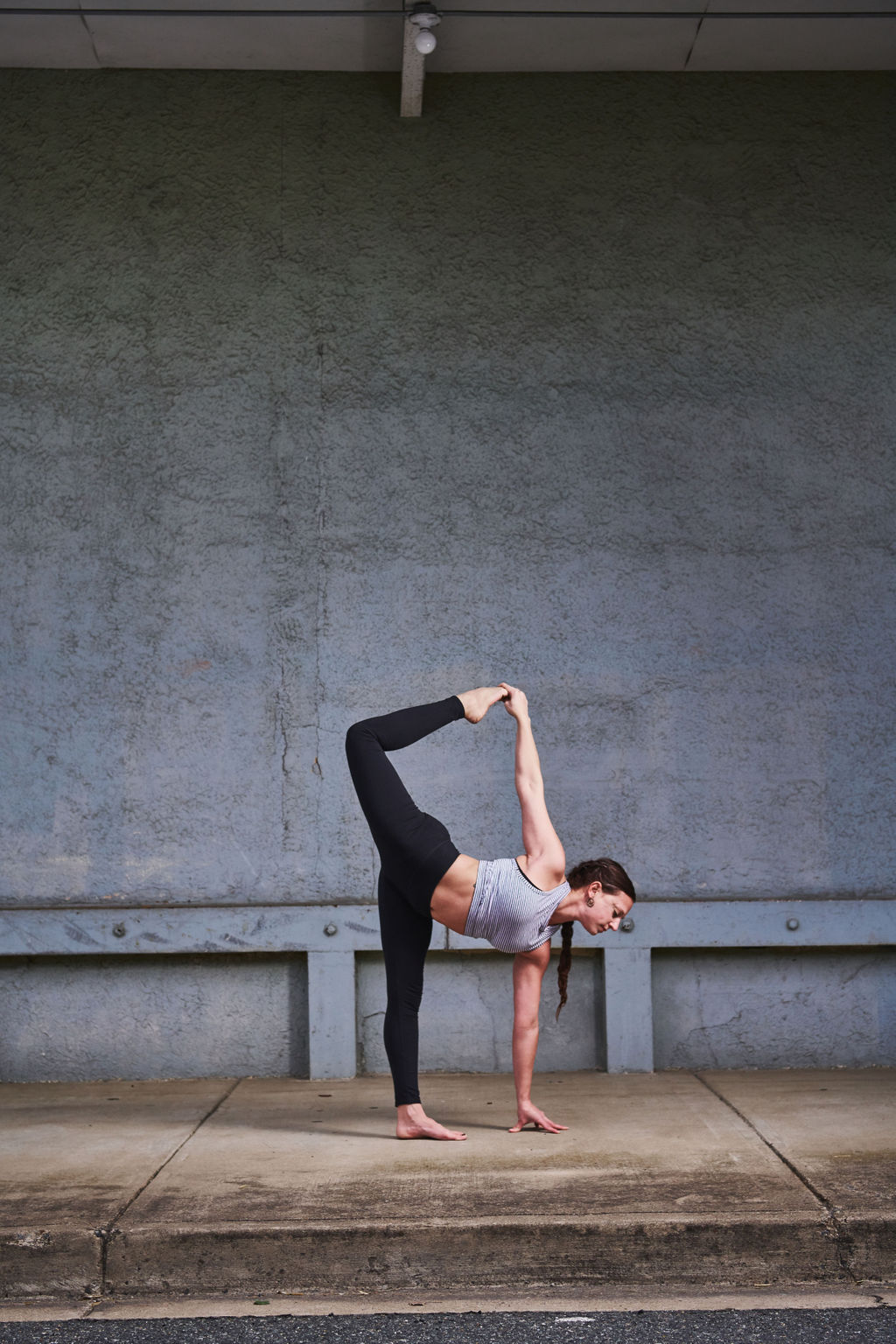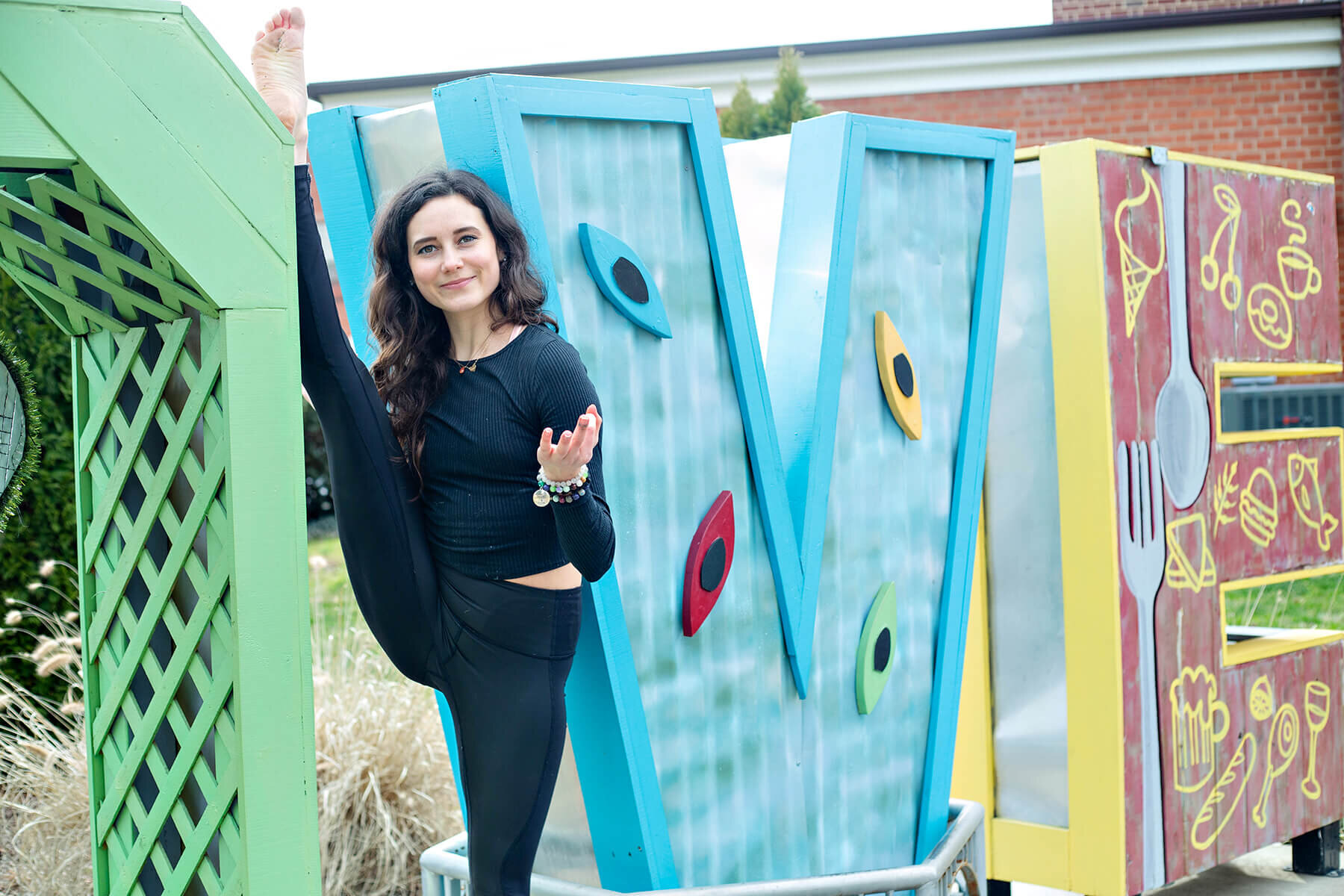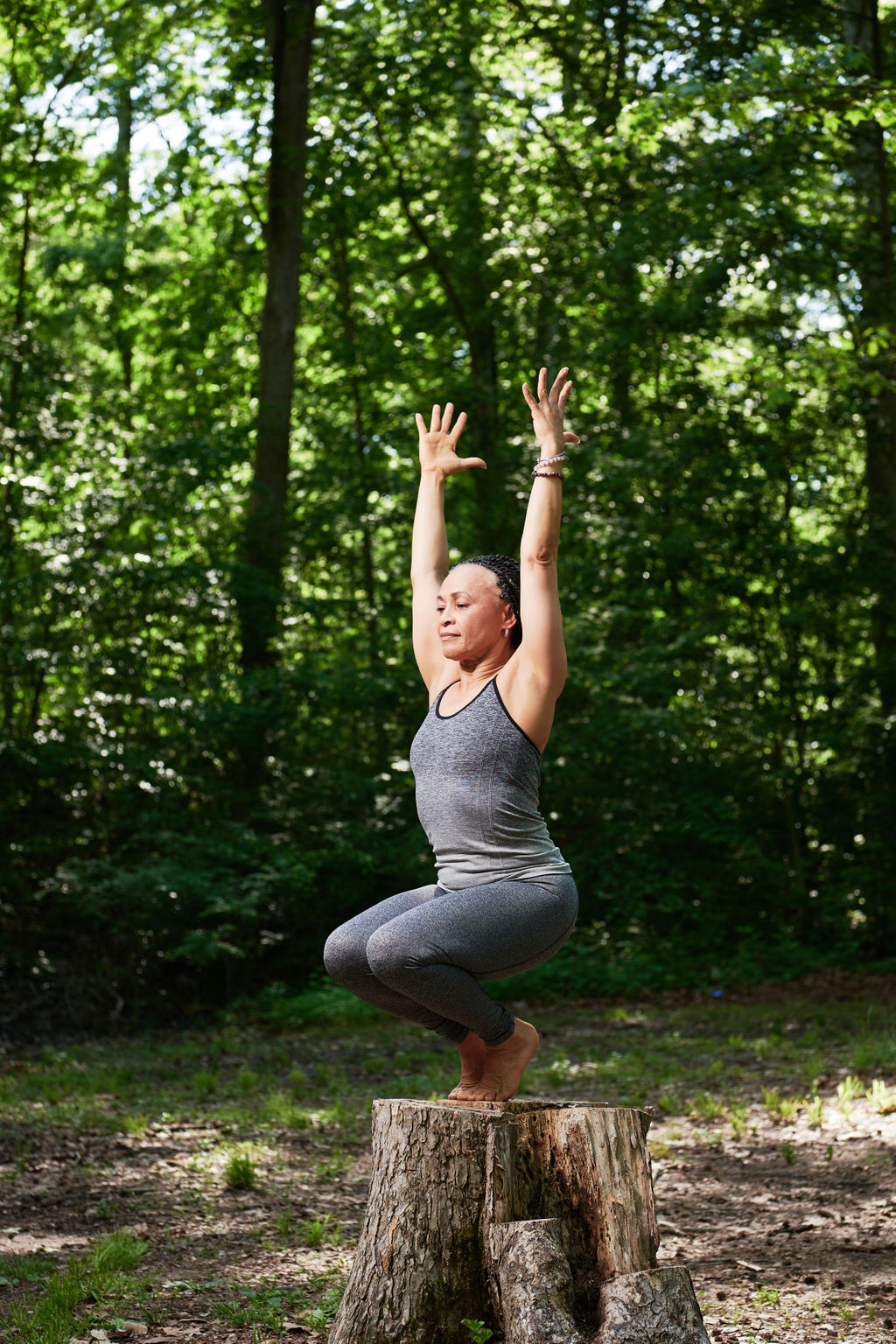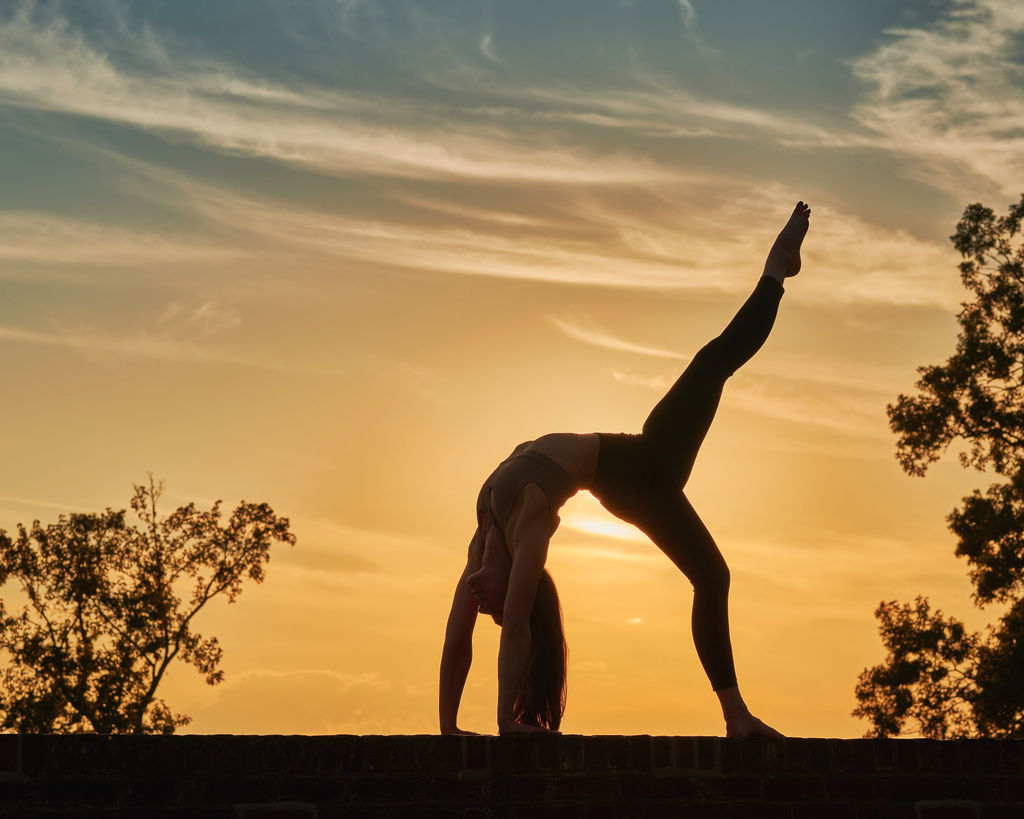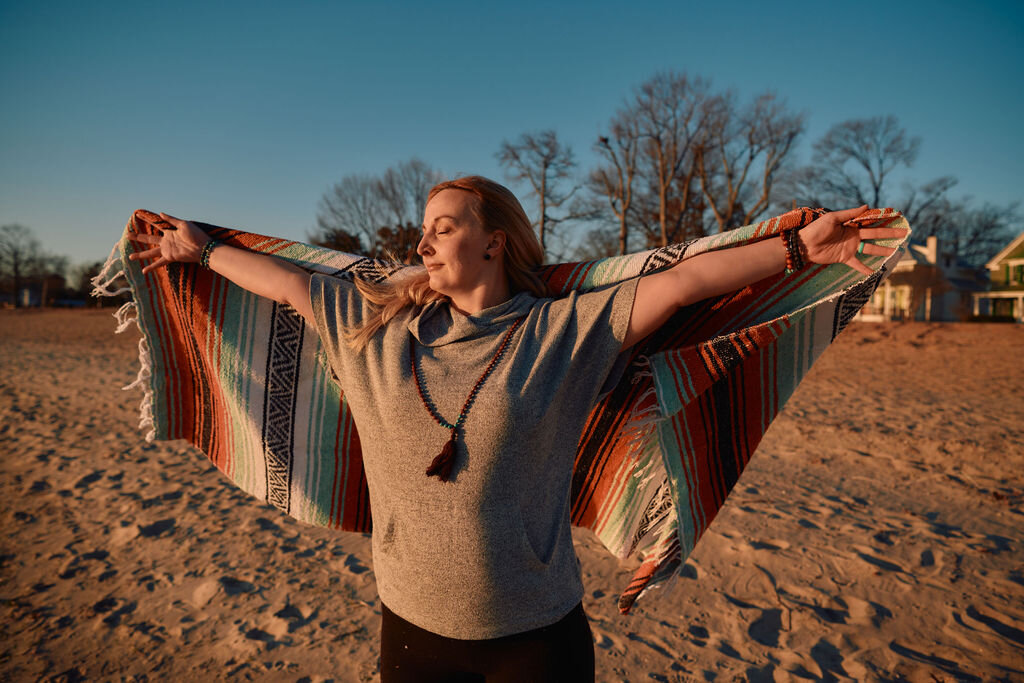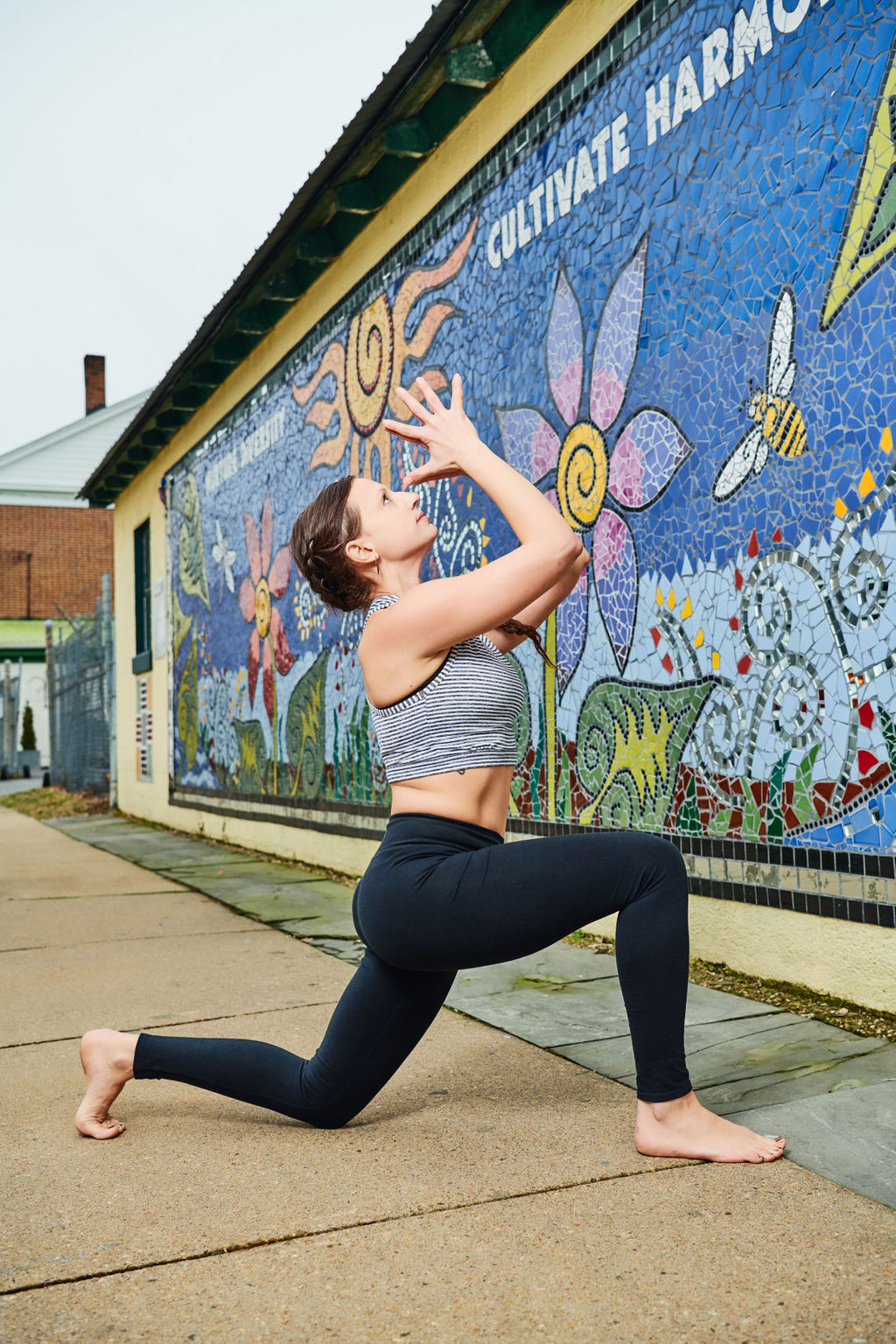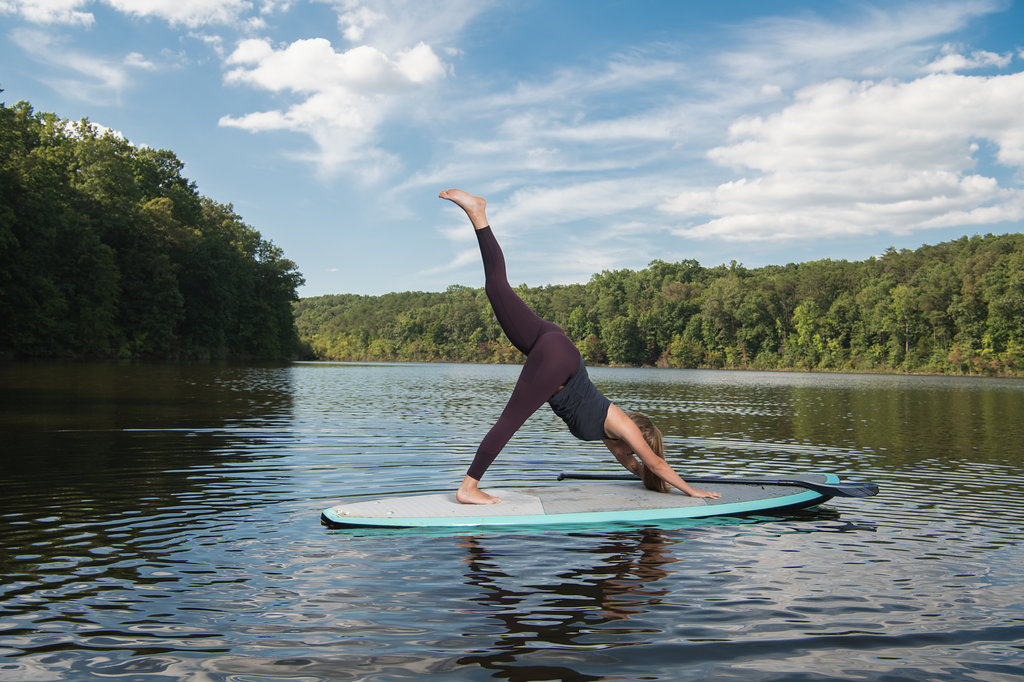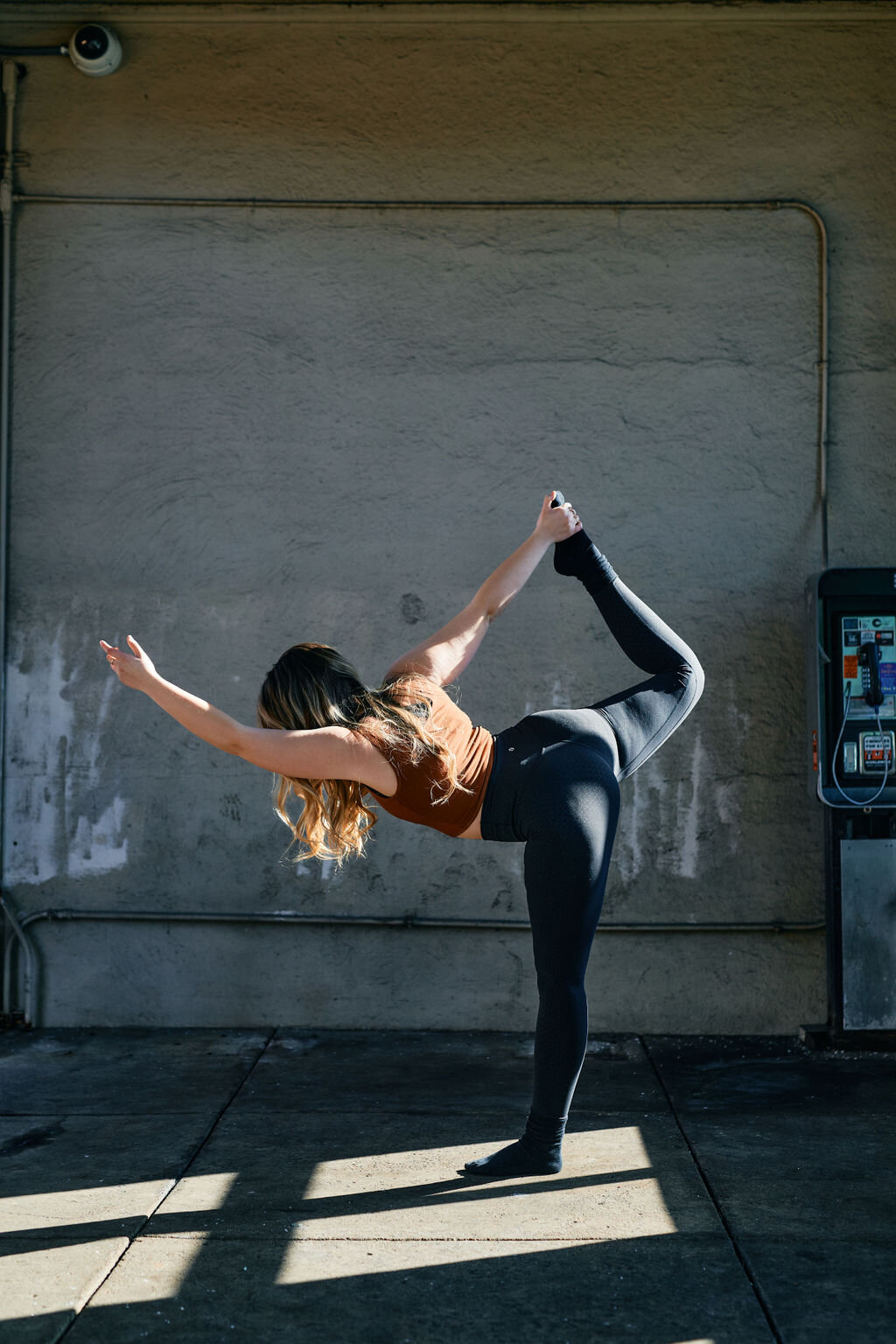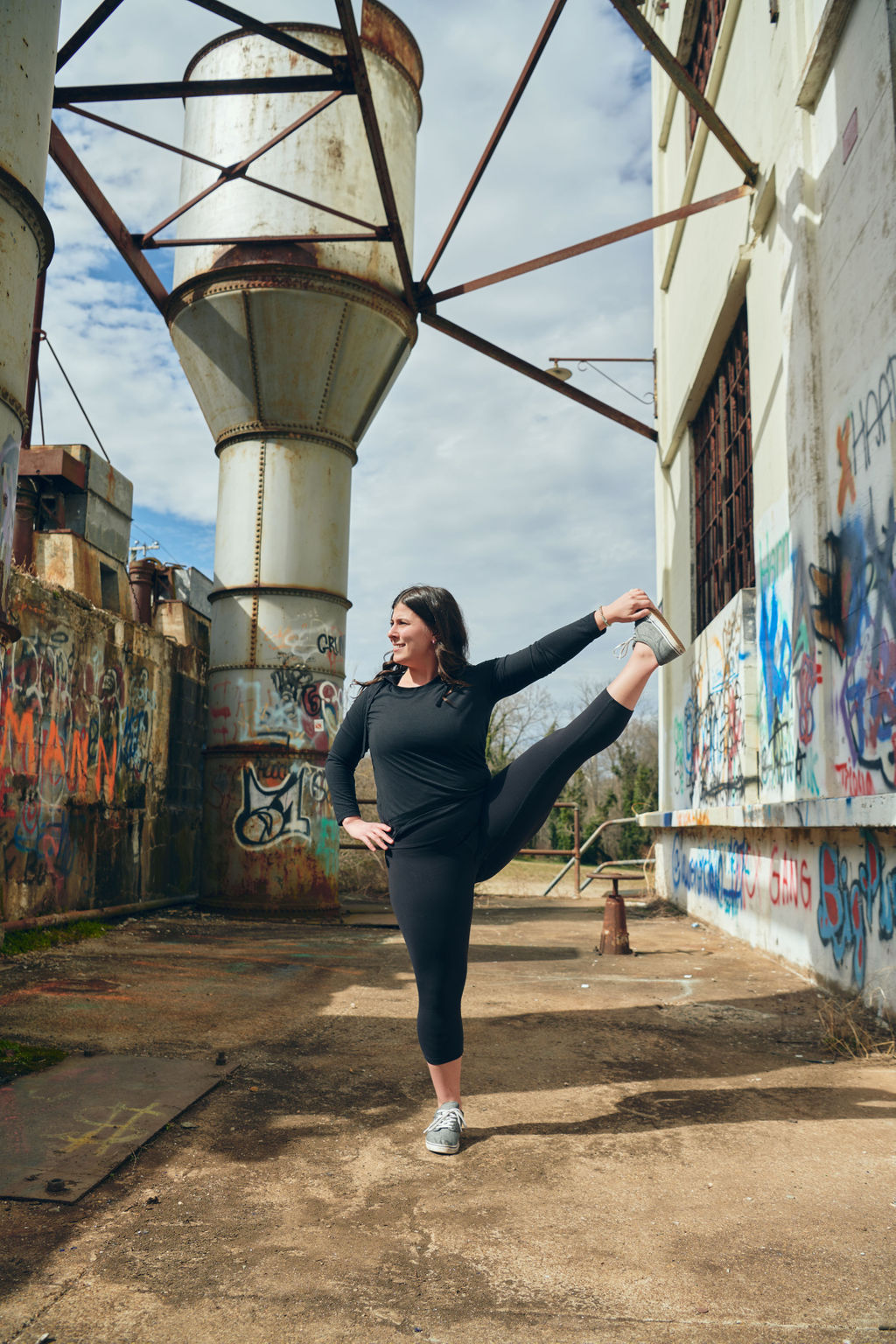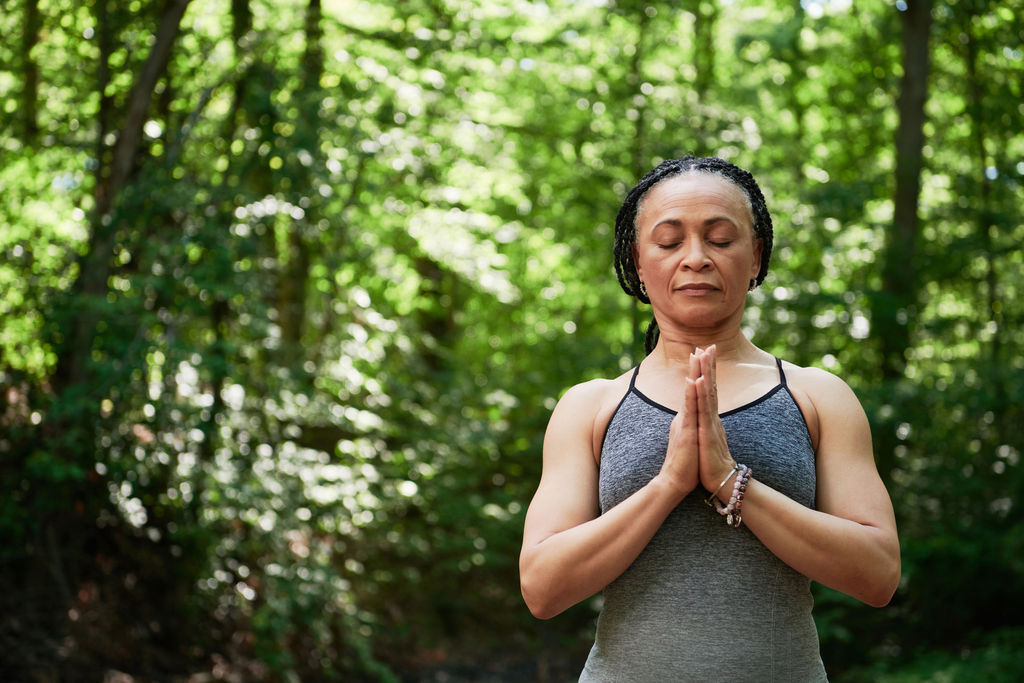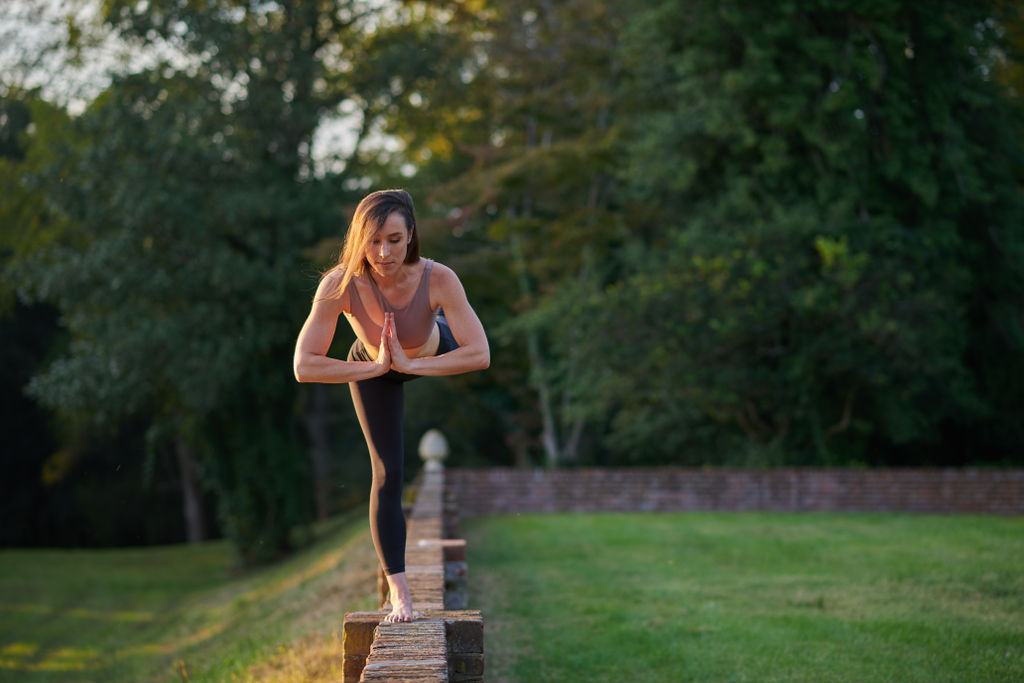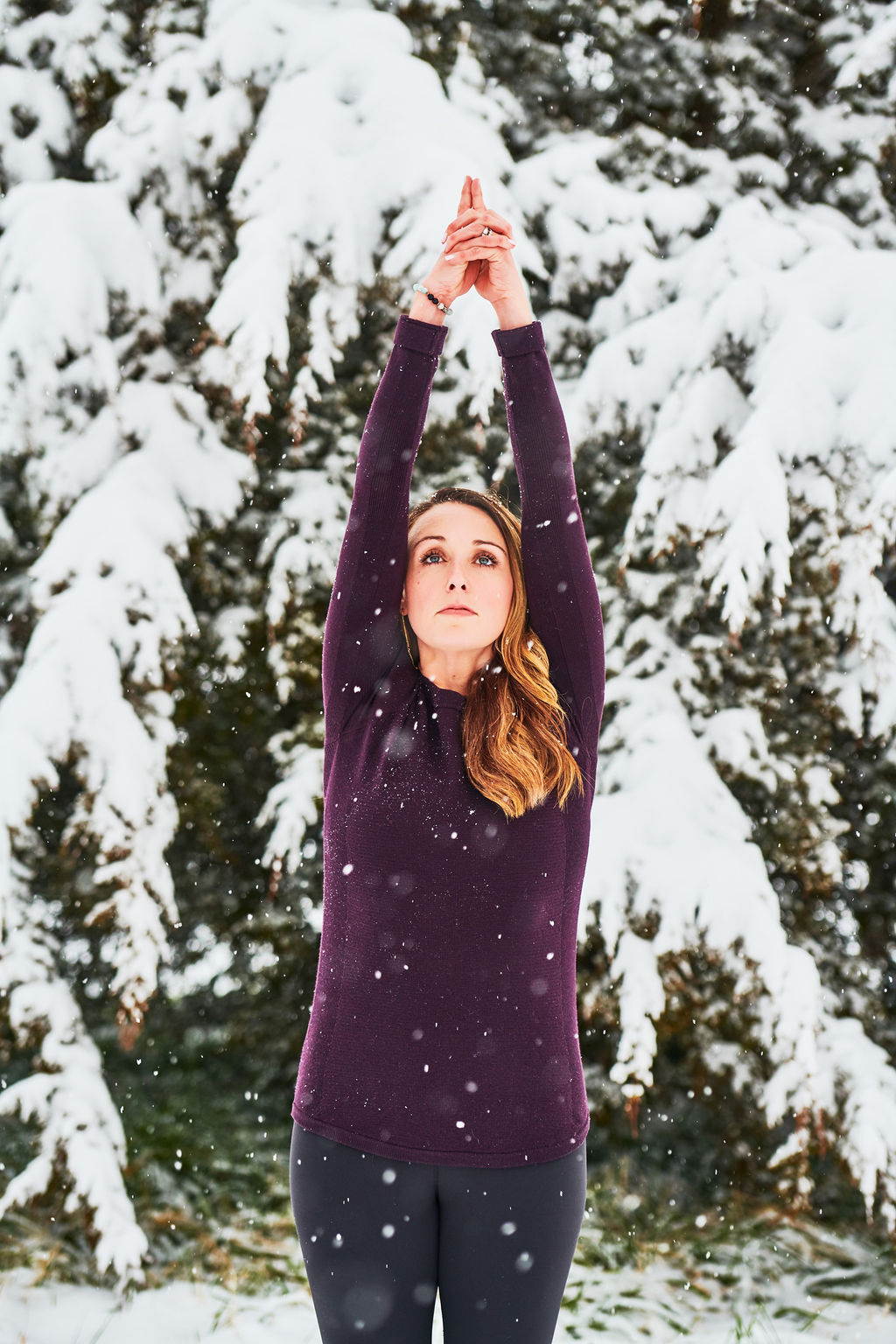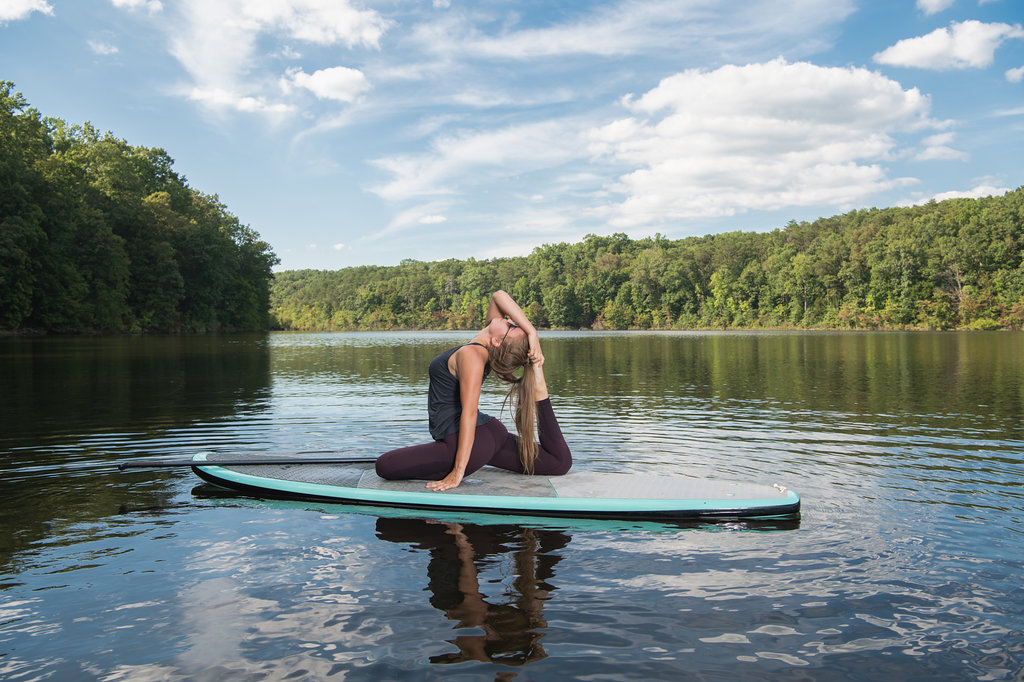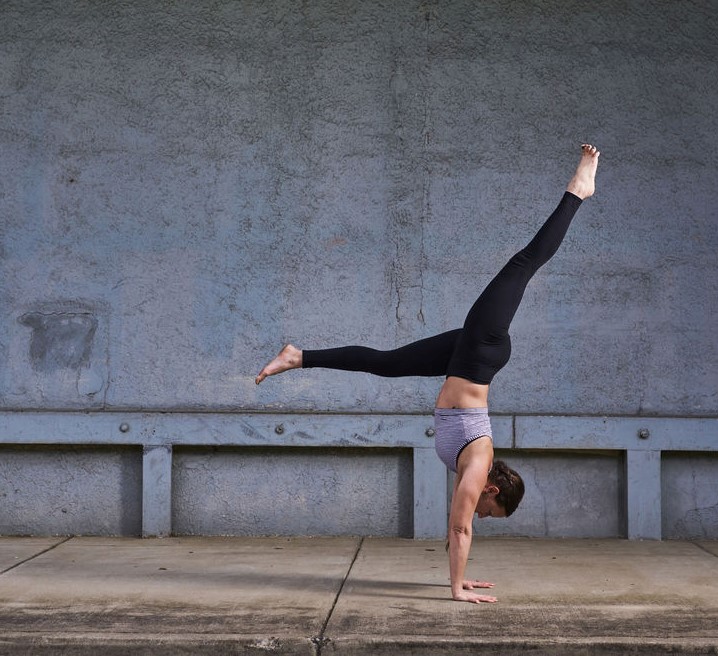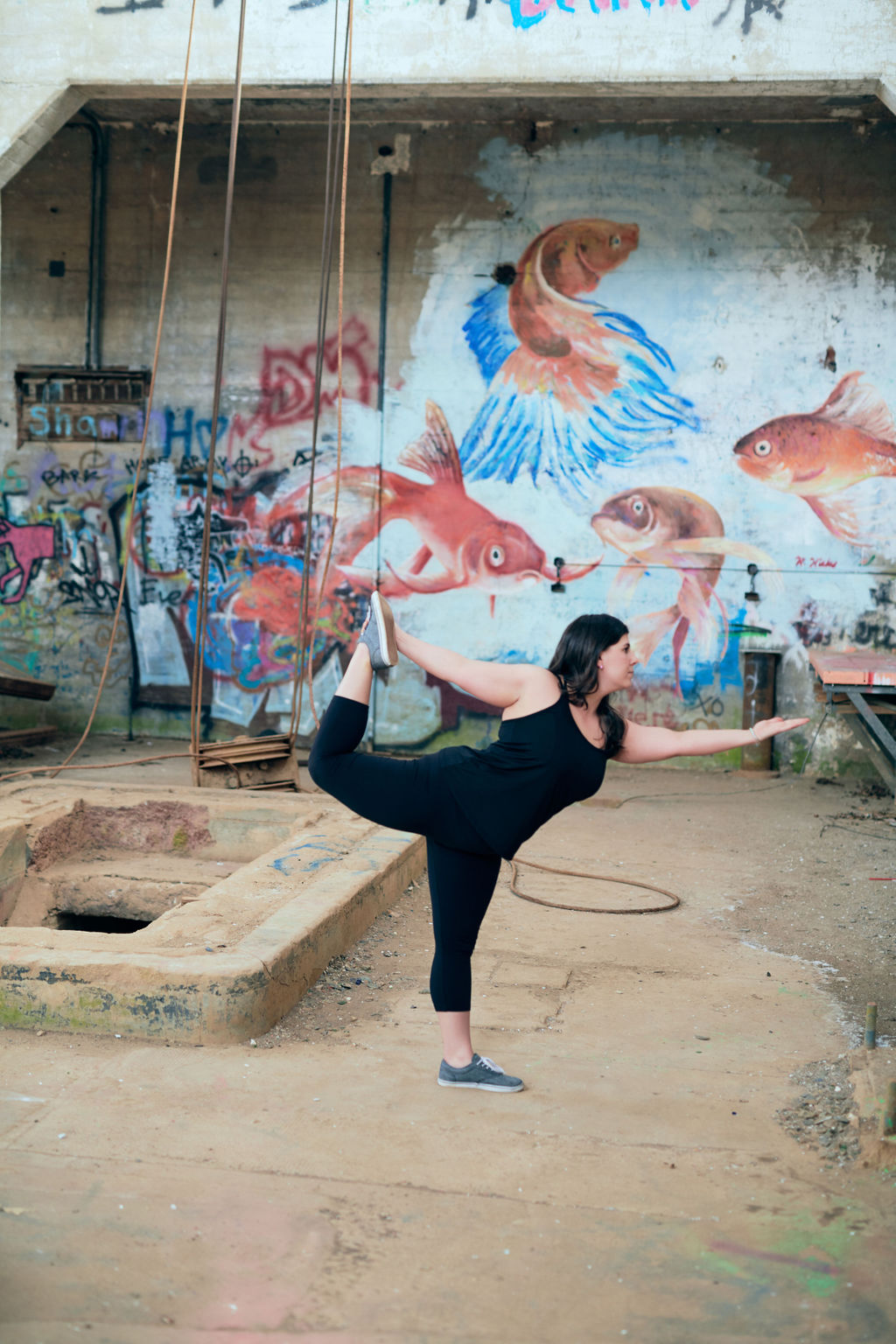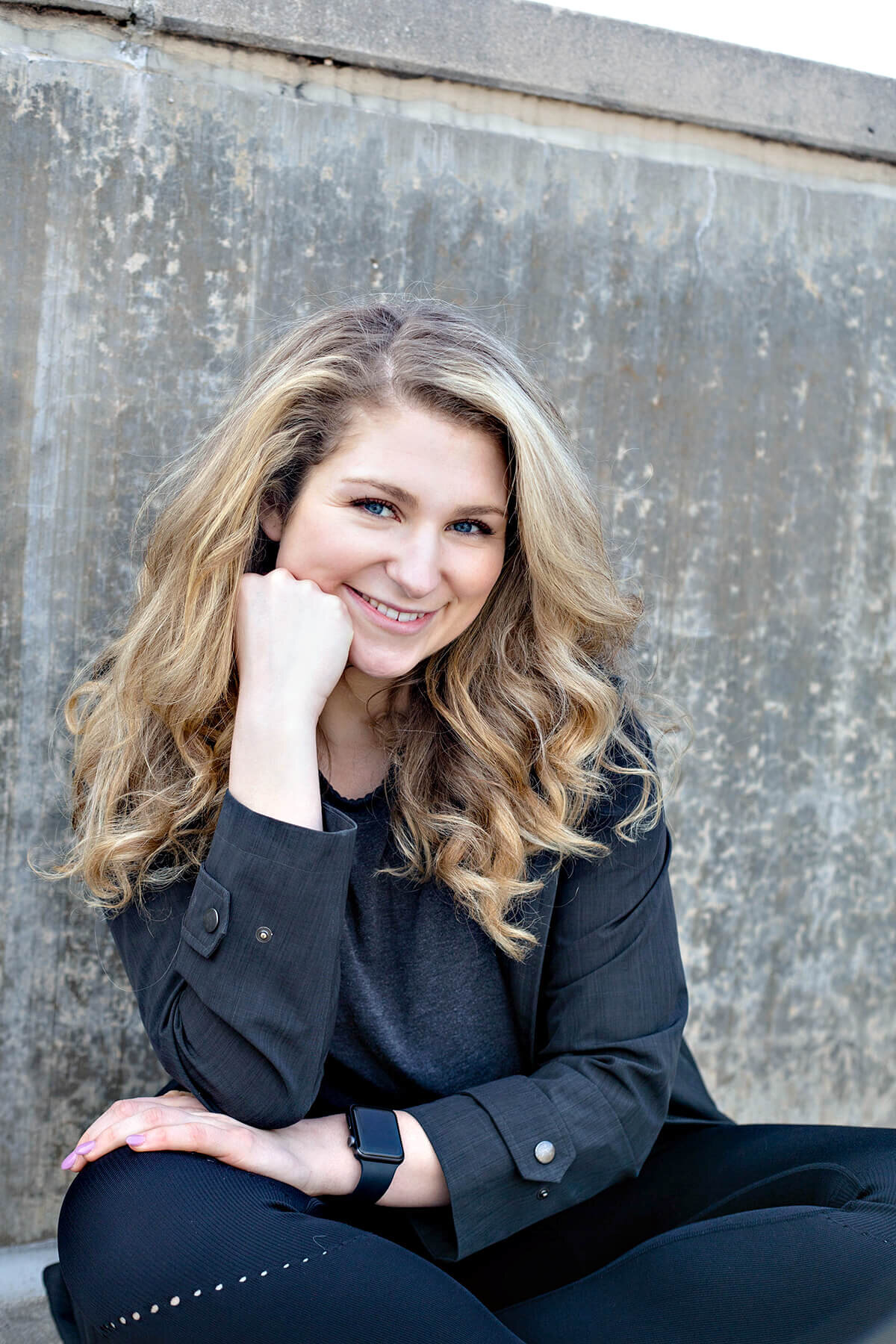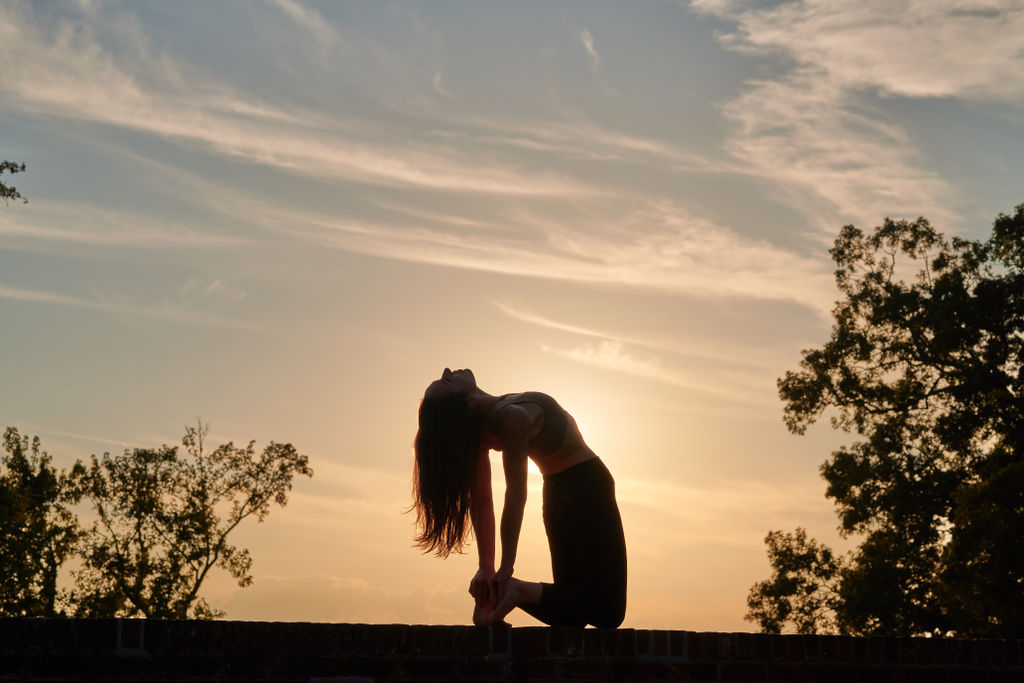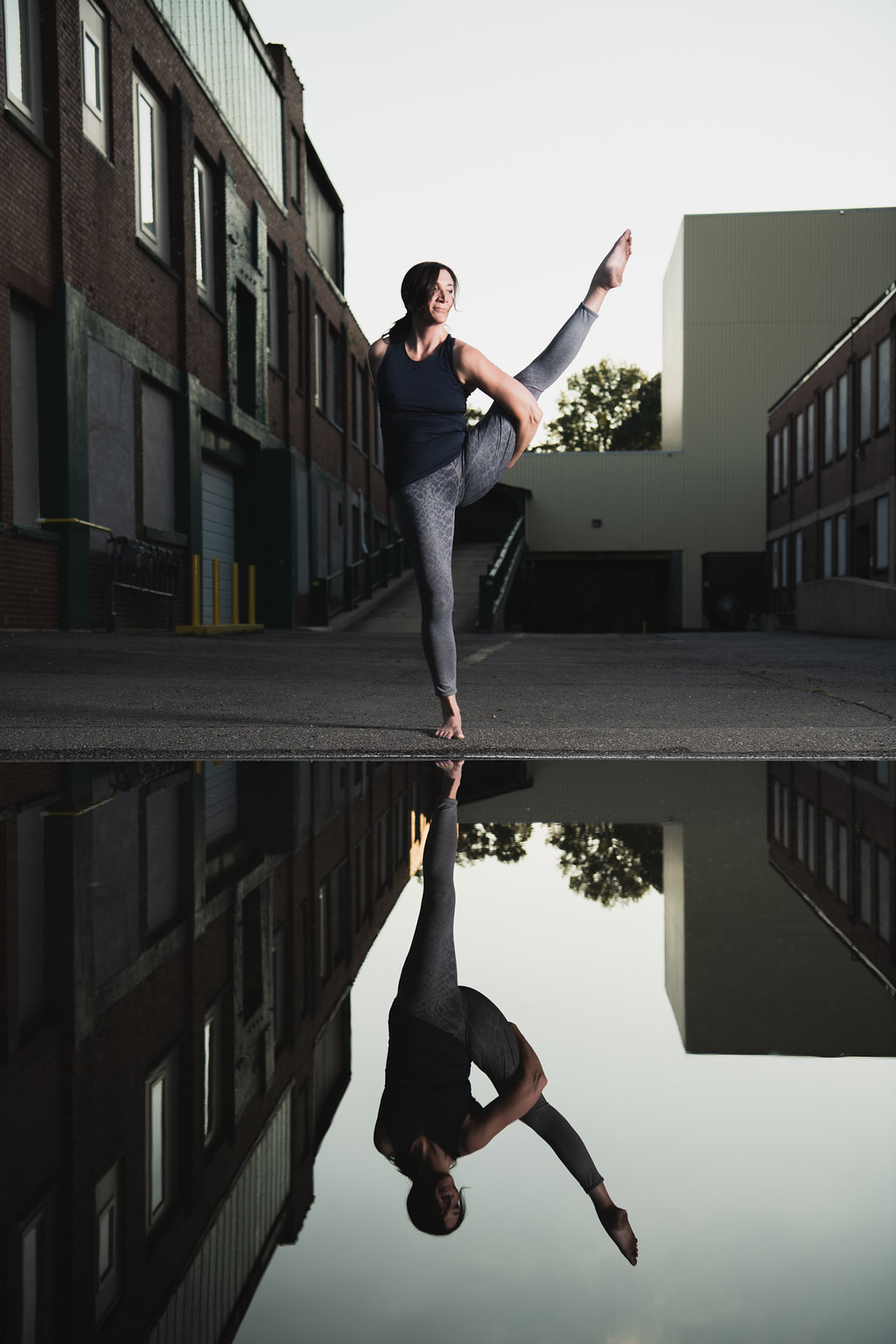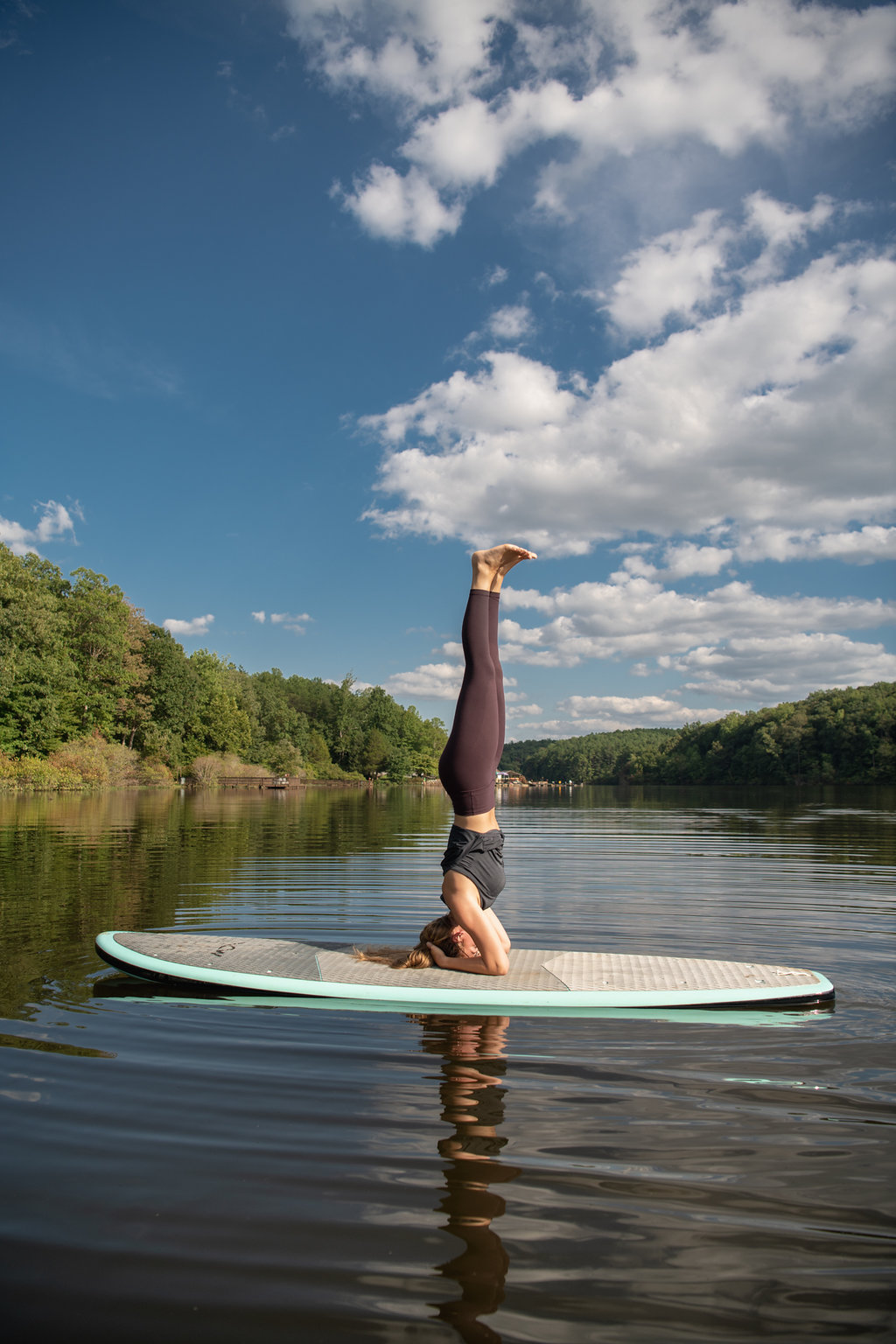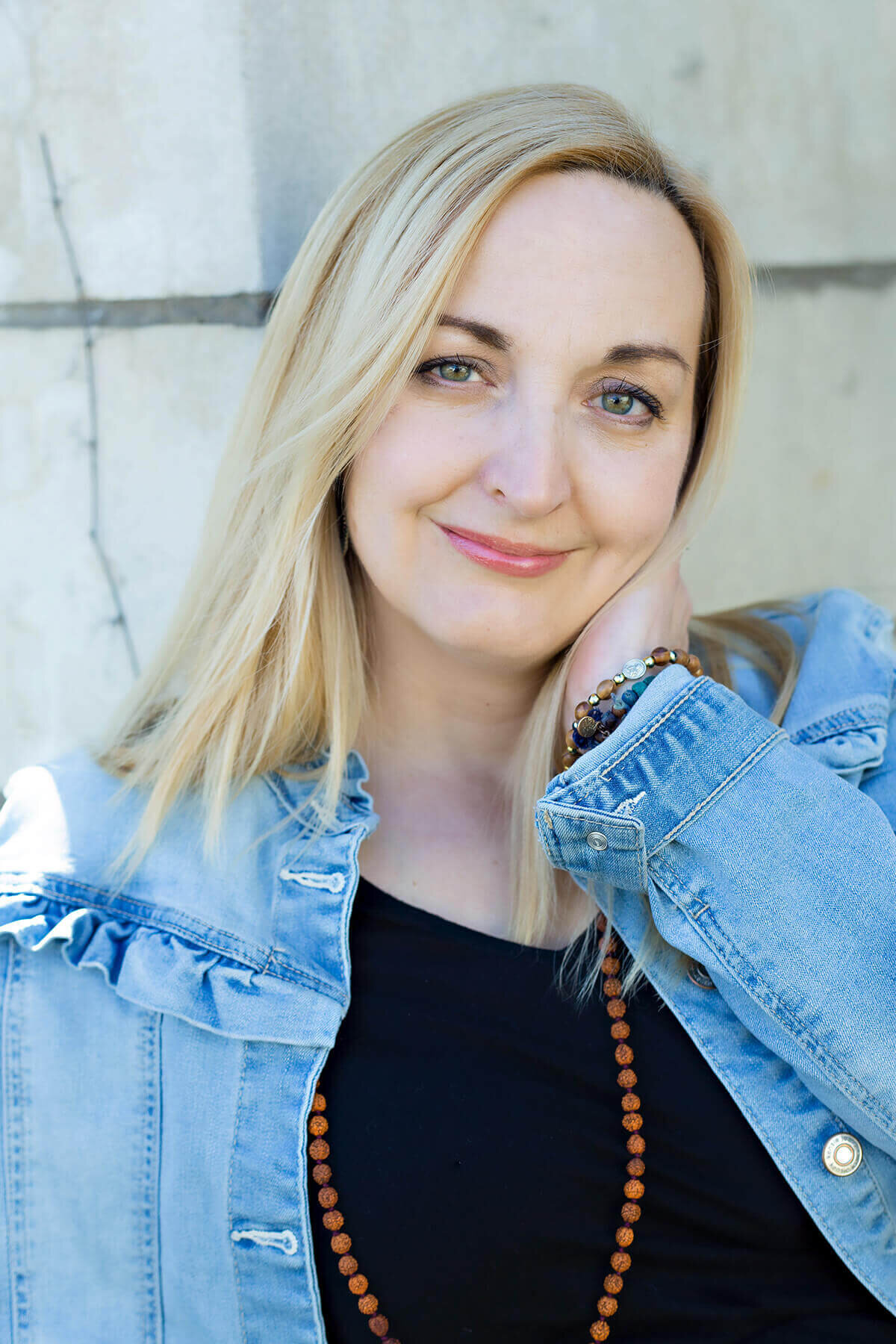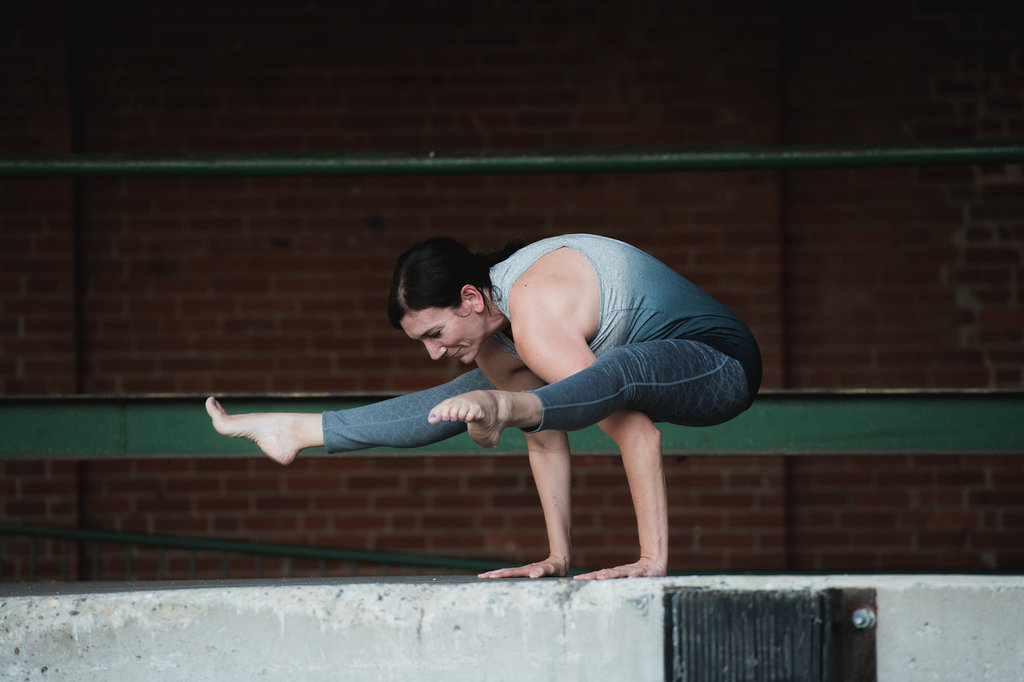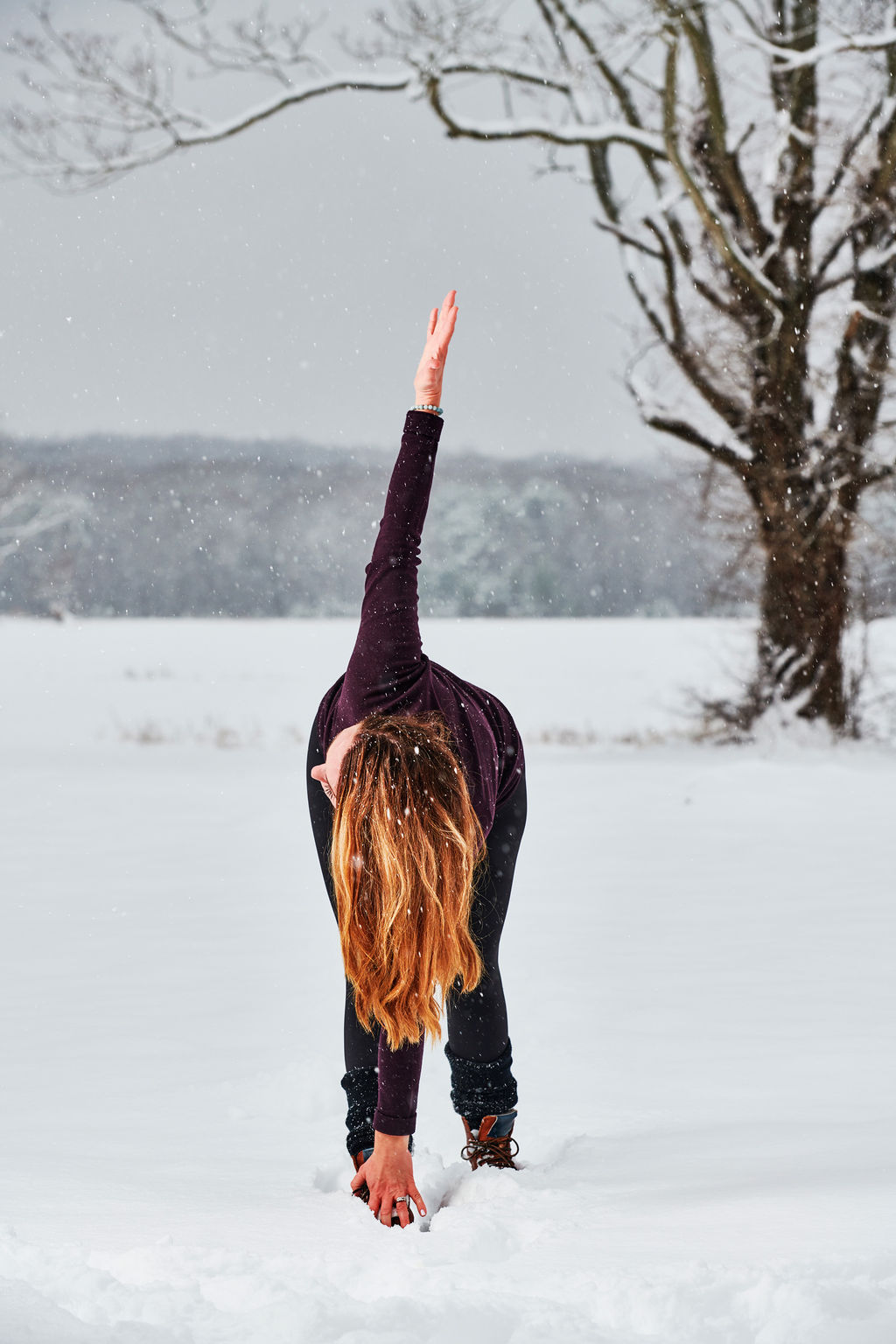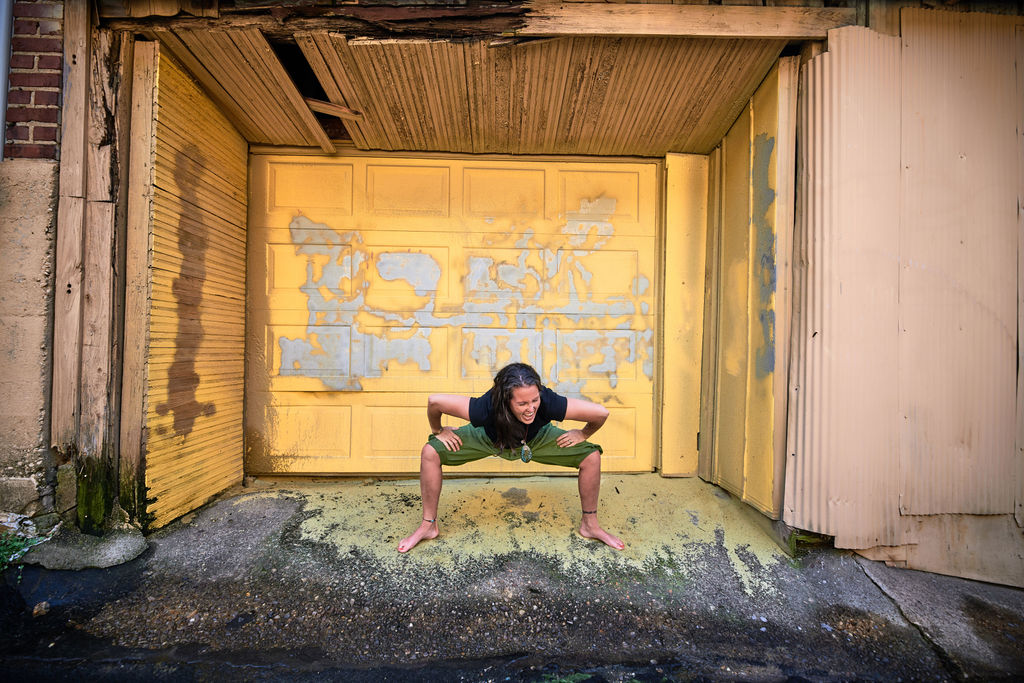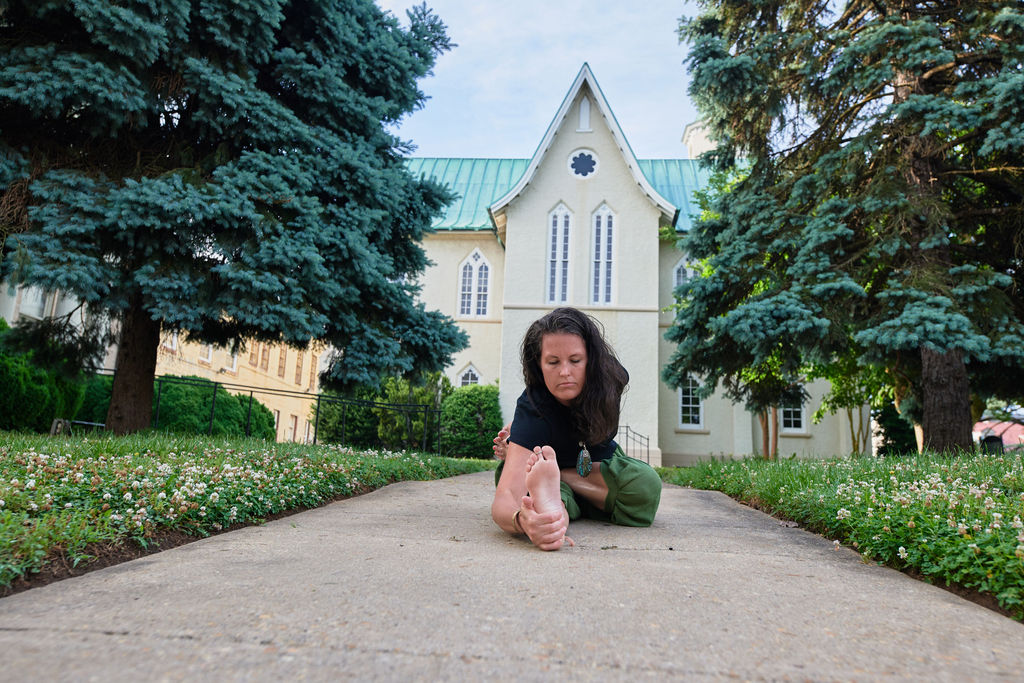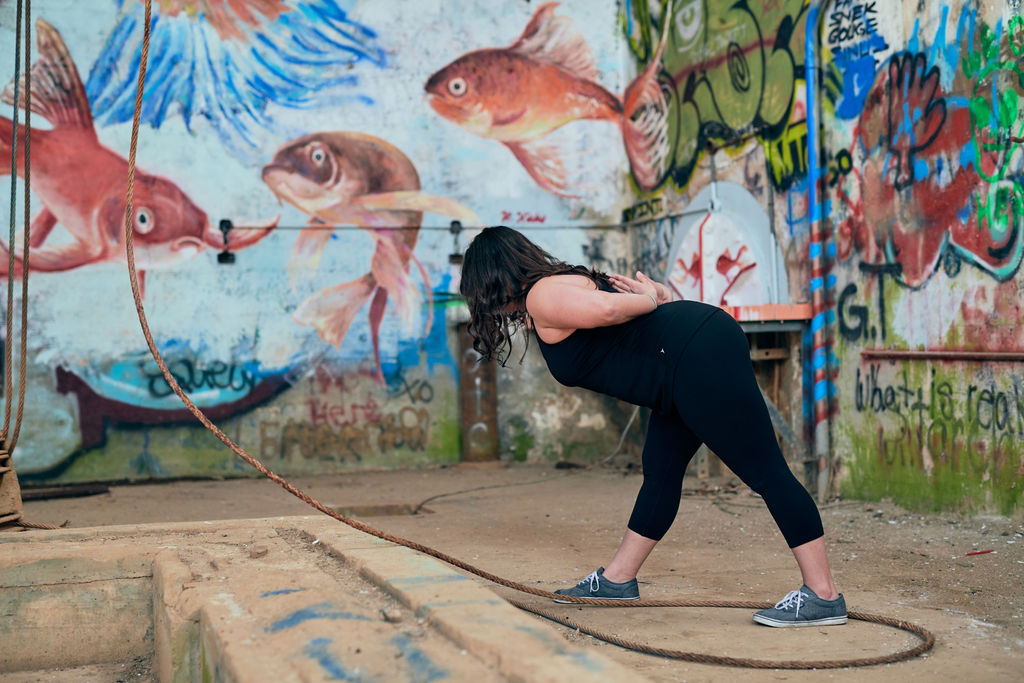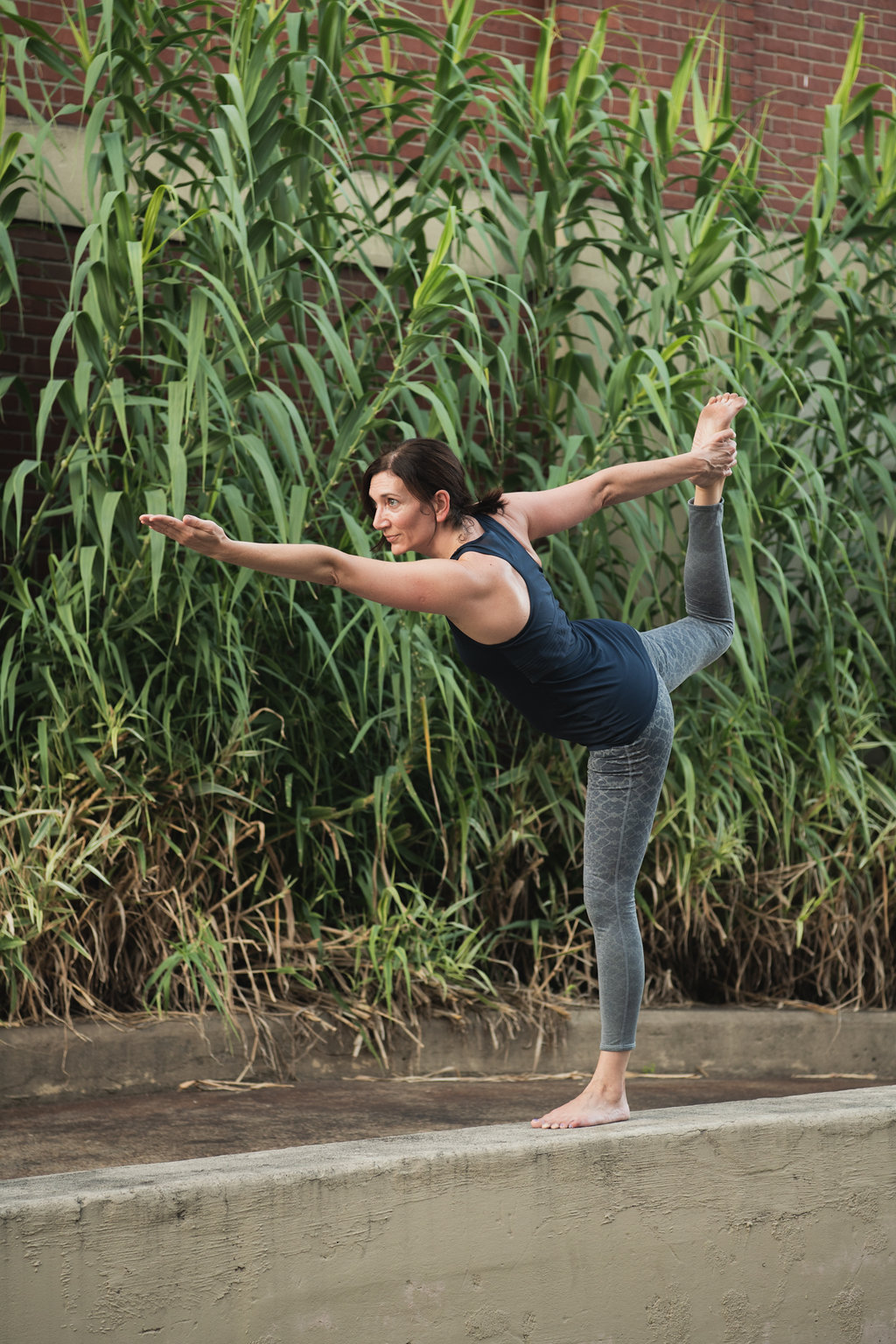Restore Balance to Body and Mind
Our typical asana practice is Yang in nature, building heat in the body as we work to strengthen the muscles, build stability, and fire up our prana (life force energy). Like anything in life however, too much of one thing creates imbalance, and it’s important that we give the body and mind equal opportunity to soften, release heat, and let go of effort. That’s what Dragonfly’s restorative series of classes is all about.
By encouraging the body to rest in stillness, we provide the mind an opportunity for meditation. By cultivating awareness of one’s inner silence, mindfulness can be attained. Yin and Restorative classes seek to offer this balance. By requiring the individual to be passive during their Yin practice and receptive during their Restorative practice, both offer the practitioner permission to rest and replenish.
Specific Class Descriptions
yin yoga
an ideal class to begin or end your week. Yin yoga is a slow-paced style of passive poses, which are practiced seated or reclined and held for longer periods of time. Your Yin practice will ask you to embrace some discomfort and to find your edge -a sustainable position in which sensations are felt. Yin postures mostly affect the core part of the body, above the knee and below the navel, where we have 8 layers of connective tissue and our major joints. The poses apply moderate stress to the connective tissue - tendons, fascia, and ligaments - with the aim of increasing circulation in the joints and improving flexibility. The length of time in postures combined with the intensity of sensations, make this practice challenging. However, when the mind stills and the body begins to unravel, the practitioner is left with a deep sense of peace and spaciousness.
Yin yoga is also designed to improve the flow of Chi, the subtle energy said in Chinese Medicine to flow through the body on meridians and pathways. Improved Chi flow brings healing to the organs, the immune system, and improves general well- being.
restorative yoga
a restorative practice is about resting and seeking to not stretch your body. You are not working toward any type of deeper physical sensations during this practice yet more of receiving a deeper sense of relaxation in order to reset your nervous system. To allow your body to deeply relax many restorative poses are held for more than five minutes. This practice uses different props to support your body so you can deeply relax with as little physical effort as possible.
slow flow and meditation
This flow class is designed for everyone - beginners to experienced practitioners. Class begins with centering and breath work followed by 30 minutes of slow movements connected to your breath. The final 15 minutes includes meditation and savasana. The perfect mid week self care check in.
yoga for stress management
Every human being experiences stress - from traffic to deadlines to stressors that change the course of our lives. Stress is often one of the main reasons people seek yoga. We all want to be more peaceful and calm. This class includes breathing techniques (pranayama), asana (physical postures - standing and seated) and meditation. Although the class does not have "set sequence" and will vary from week to week, you can always expect the class to be a slower paced practice appropriate for all levels with many opportunities for options and choices to increase the student's trust and confidence in their practice on an off the mat. We will often link our movement to match our breath as in a traditional hatha practice. Props will be used such as blocks, bolsters, straps and blankets but will vary from week to week. Breathing techniques will be wide ranging to include three part breath, lion's breath, alternate nostril breathing, ujjayi, four square breath and many others. If you don't know what those are, it's ok. We will teach you. Learning better breath control is a foundational tool of stress management as when we calm the breath we are also calming the heart, body temperature and perhaps leading to better control of our mind as well. Meditation practices will range from guided meditations, scripted meditations, yoga nidra, visualization exercises and opportunities for personal reflection. Essential oils are used frequently in this class. Some students have reported this class has given them practical tools to use in their everyday life to better manage stress. Join us and give yourself the tools to have more opportunities to calmness.


